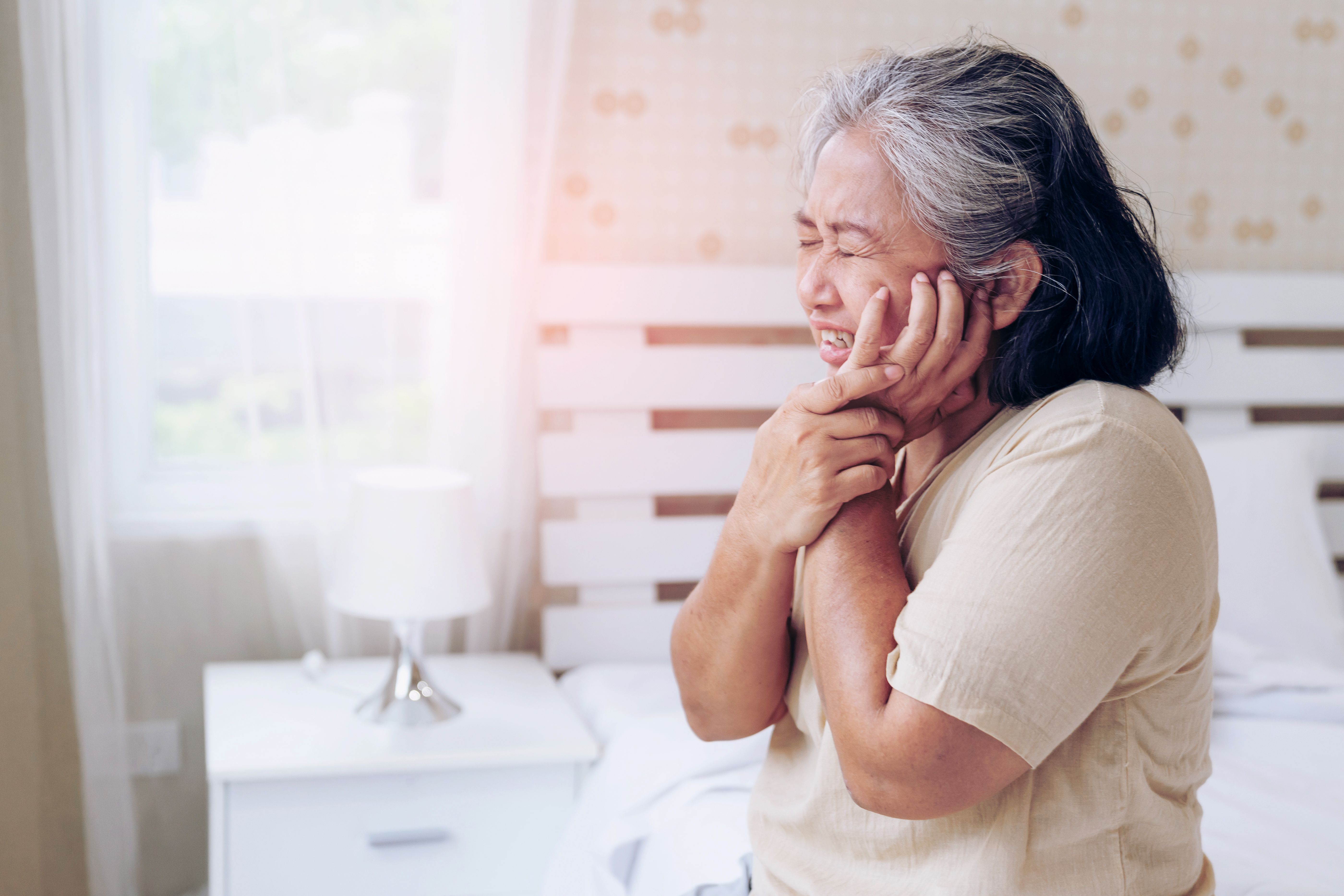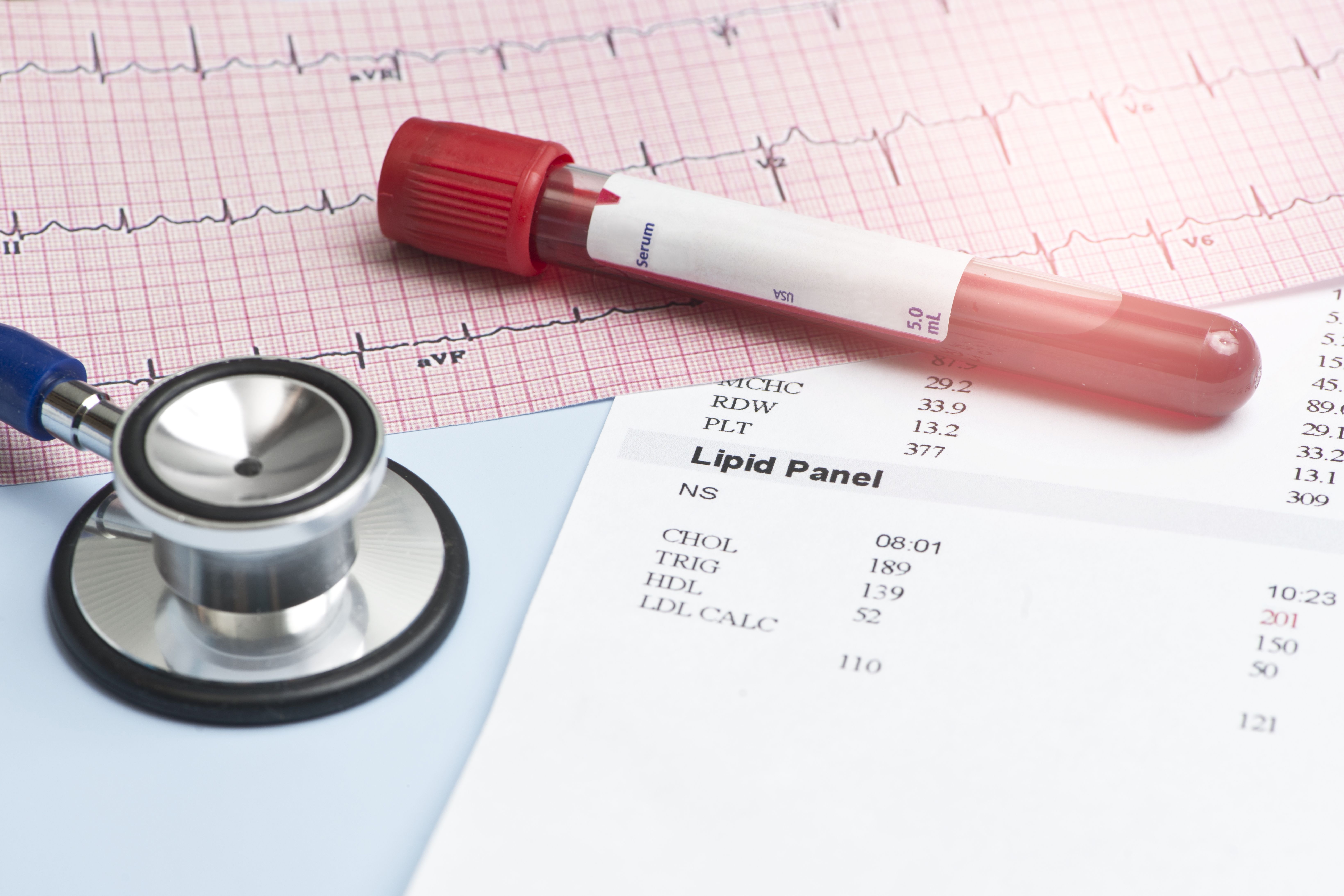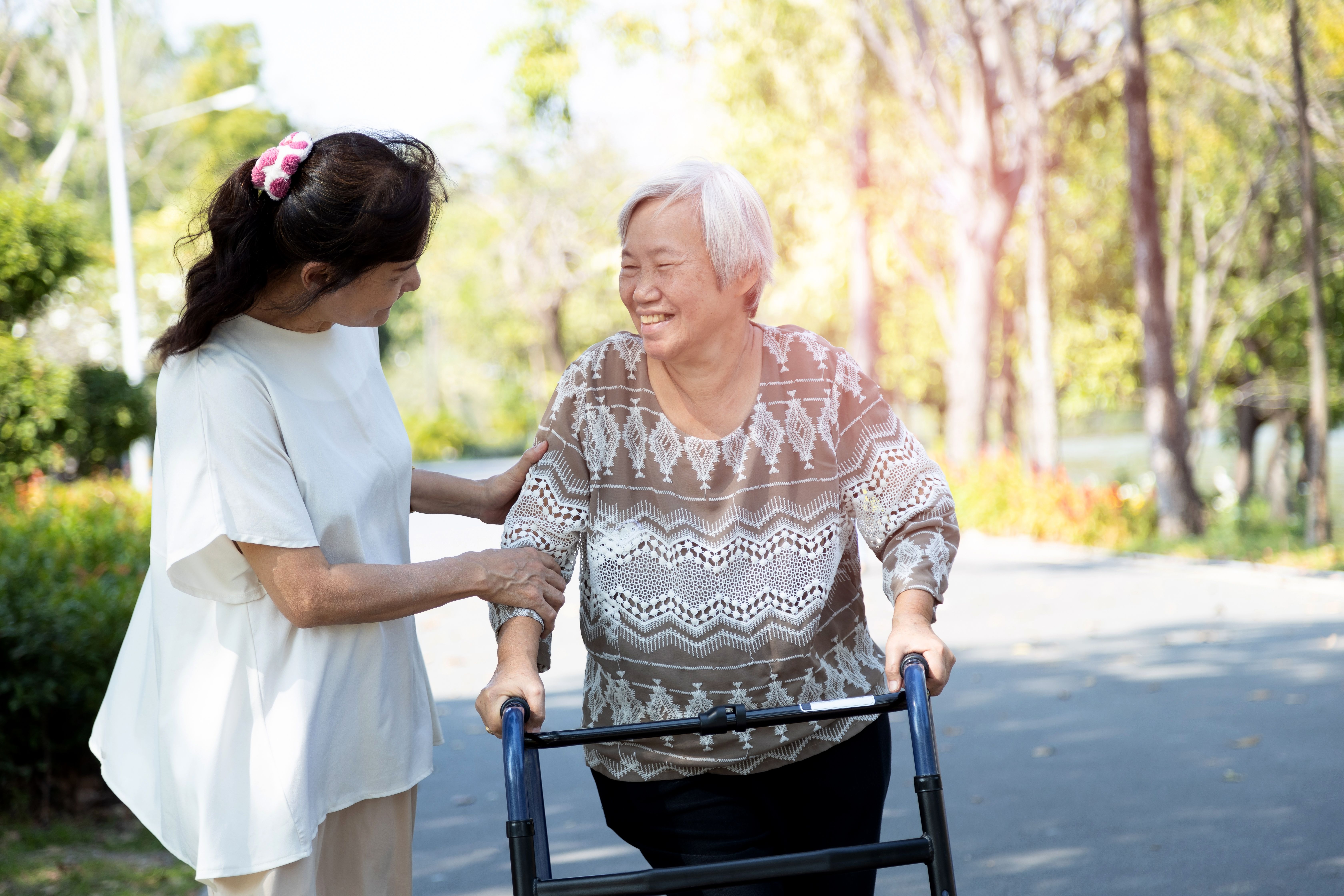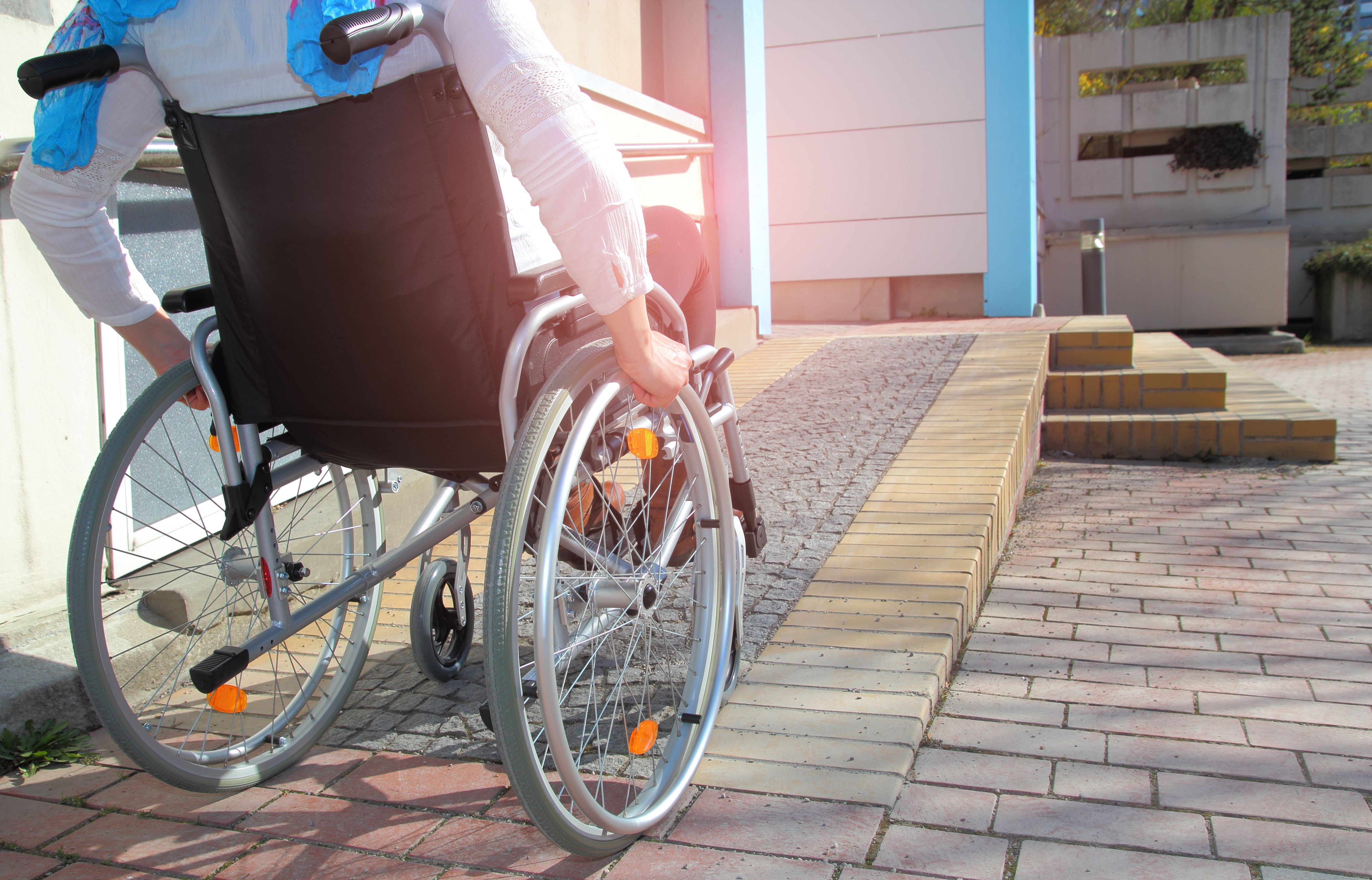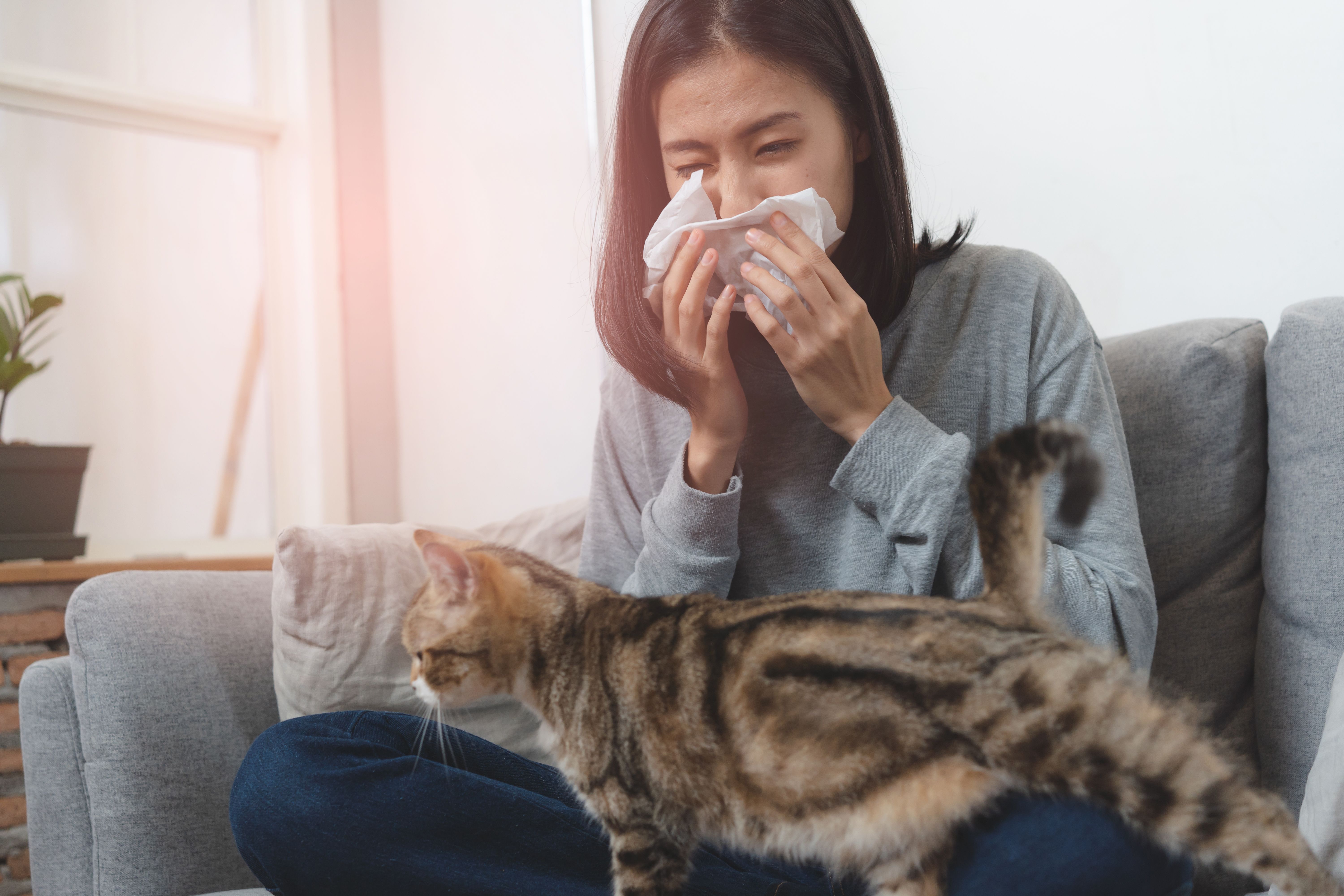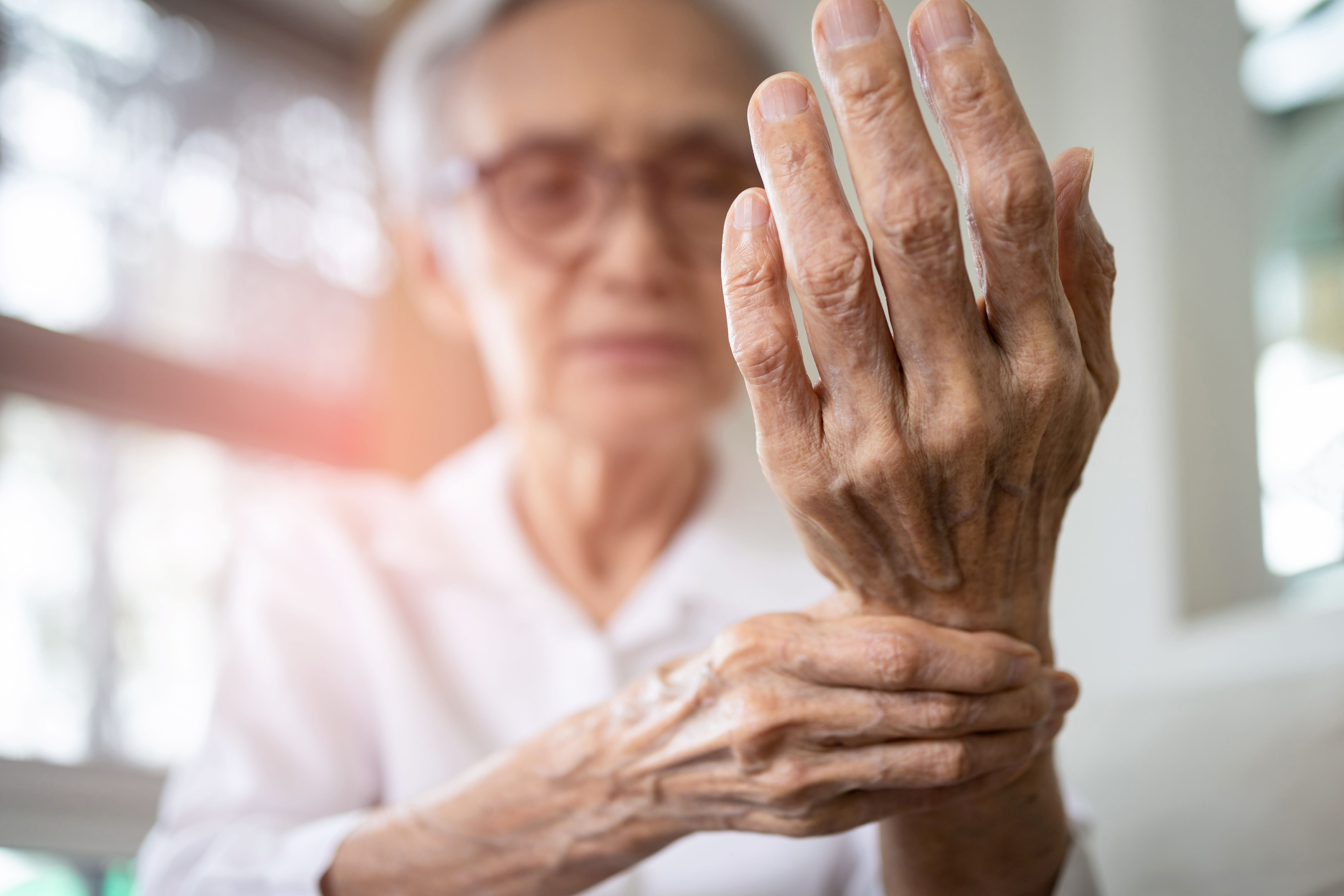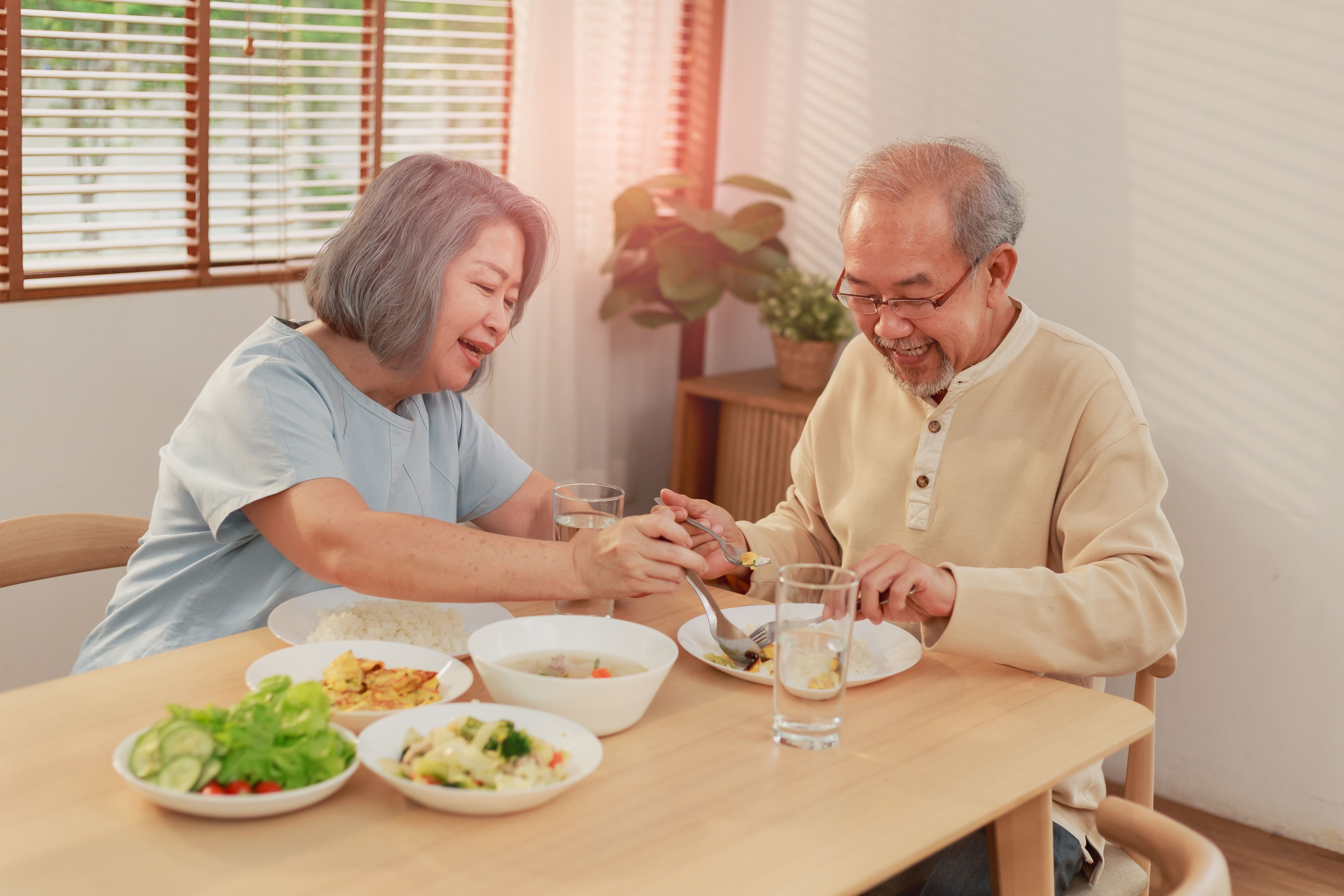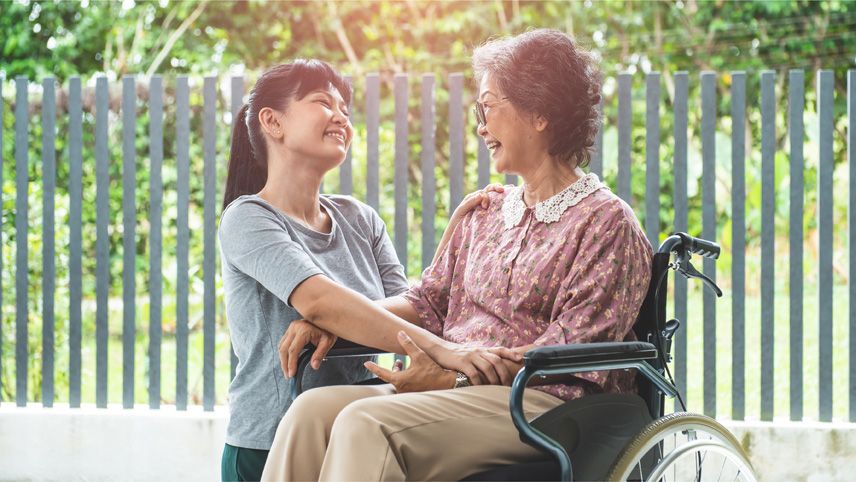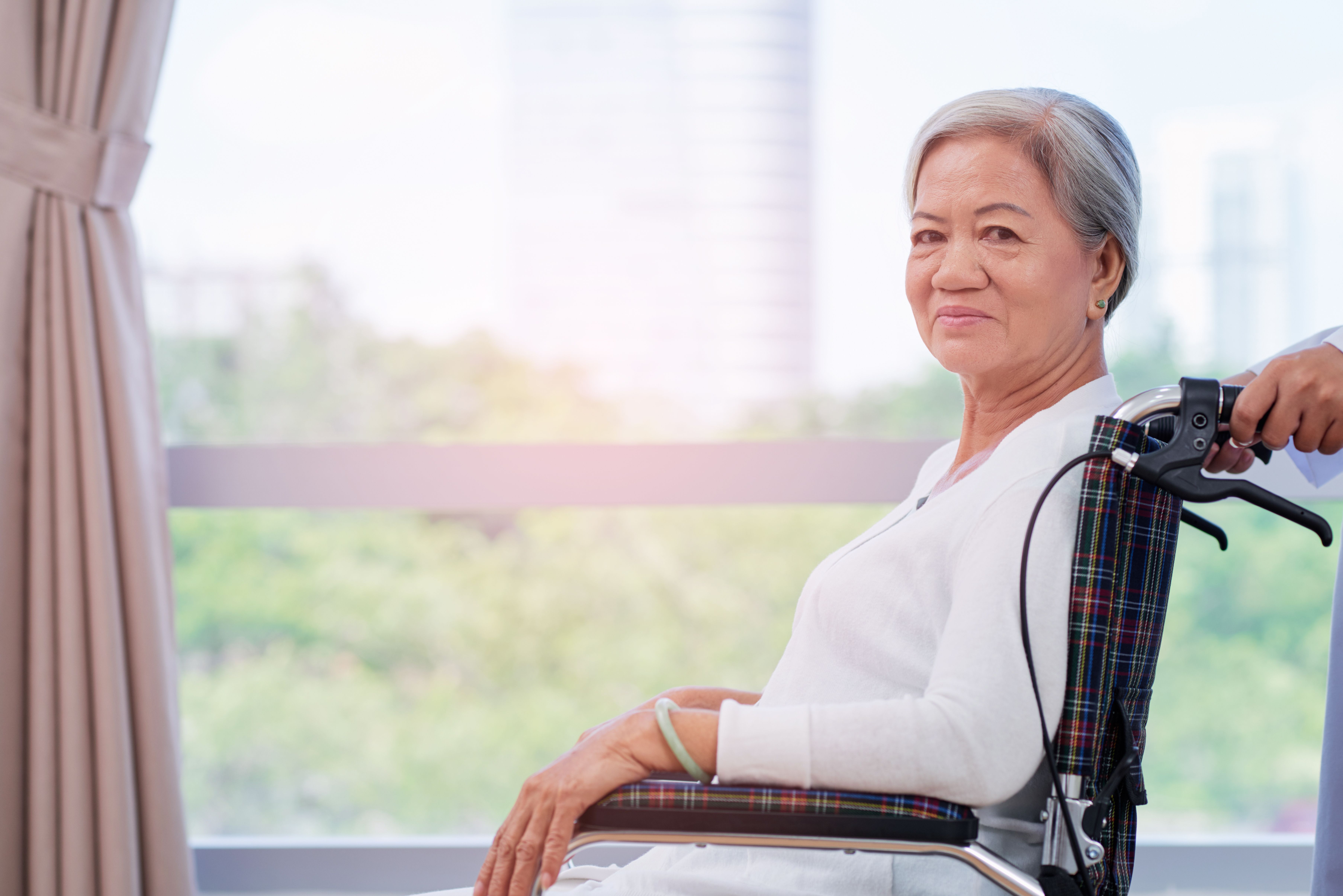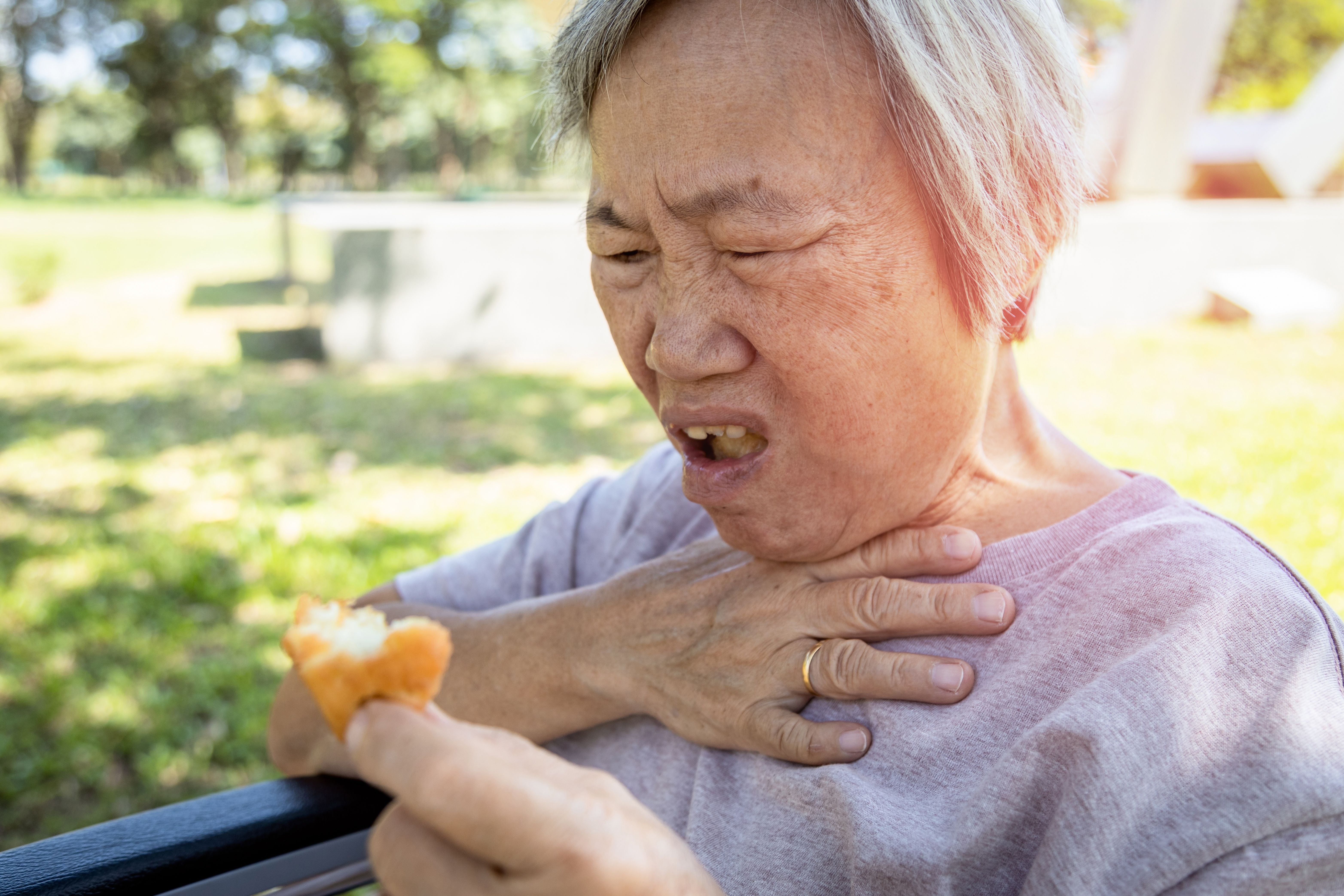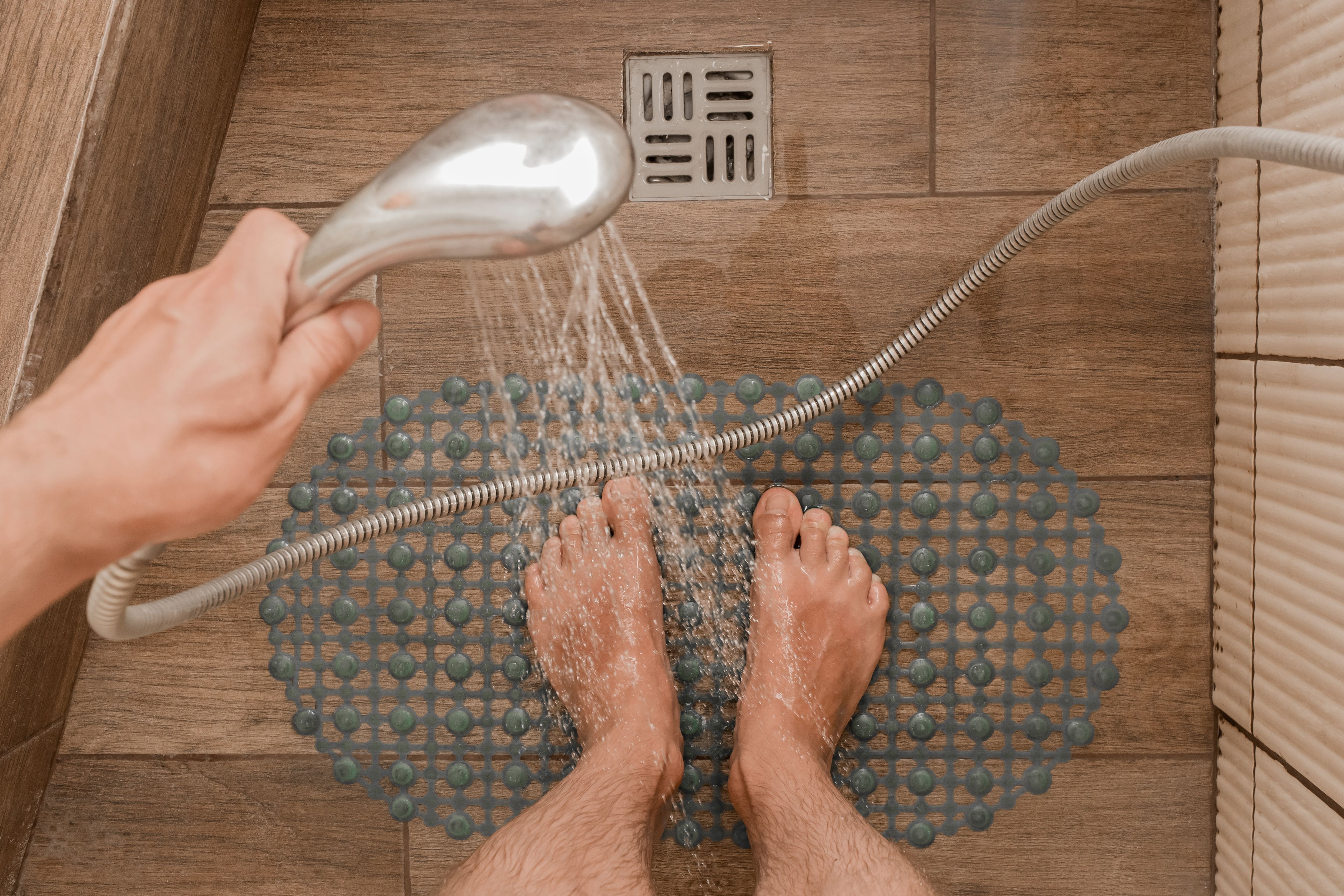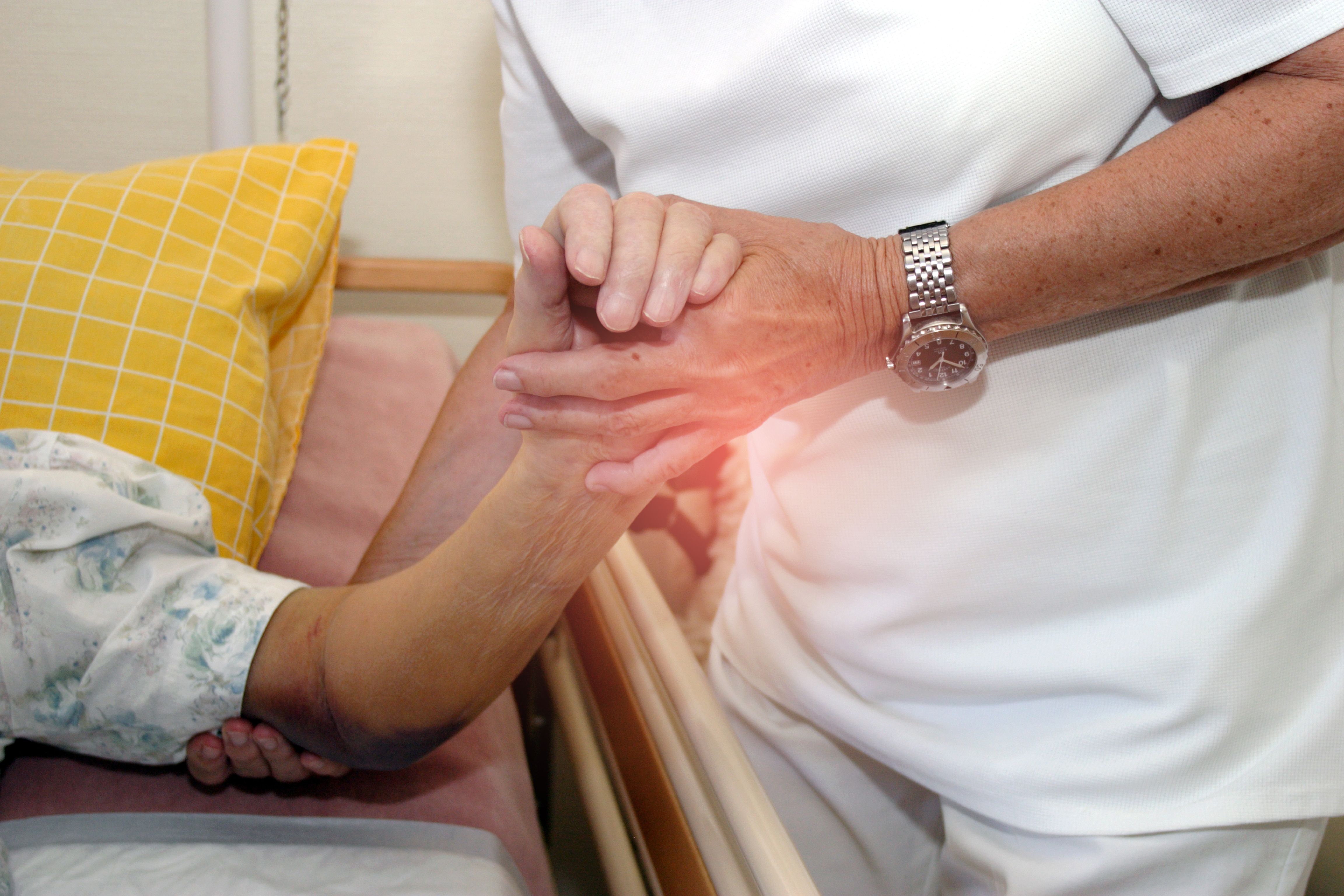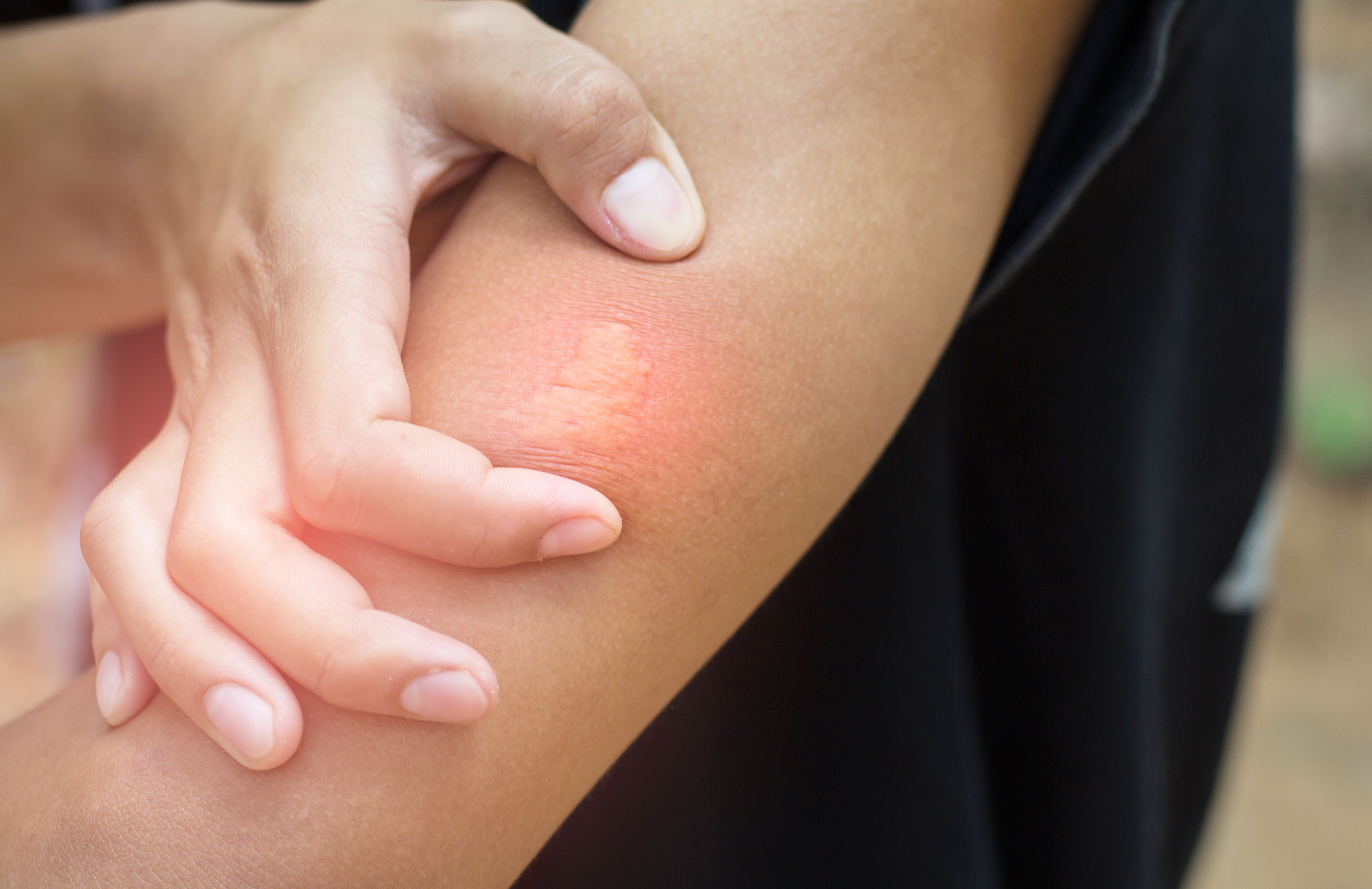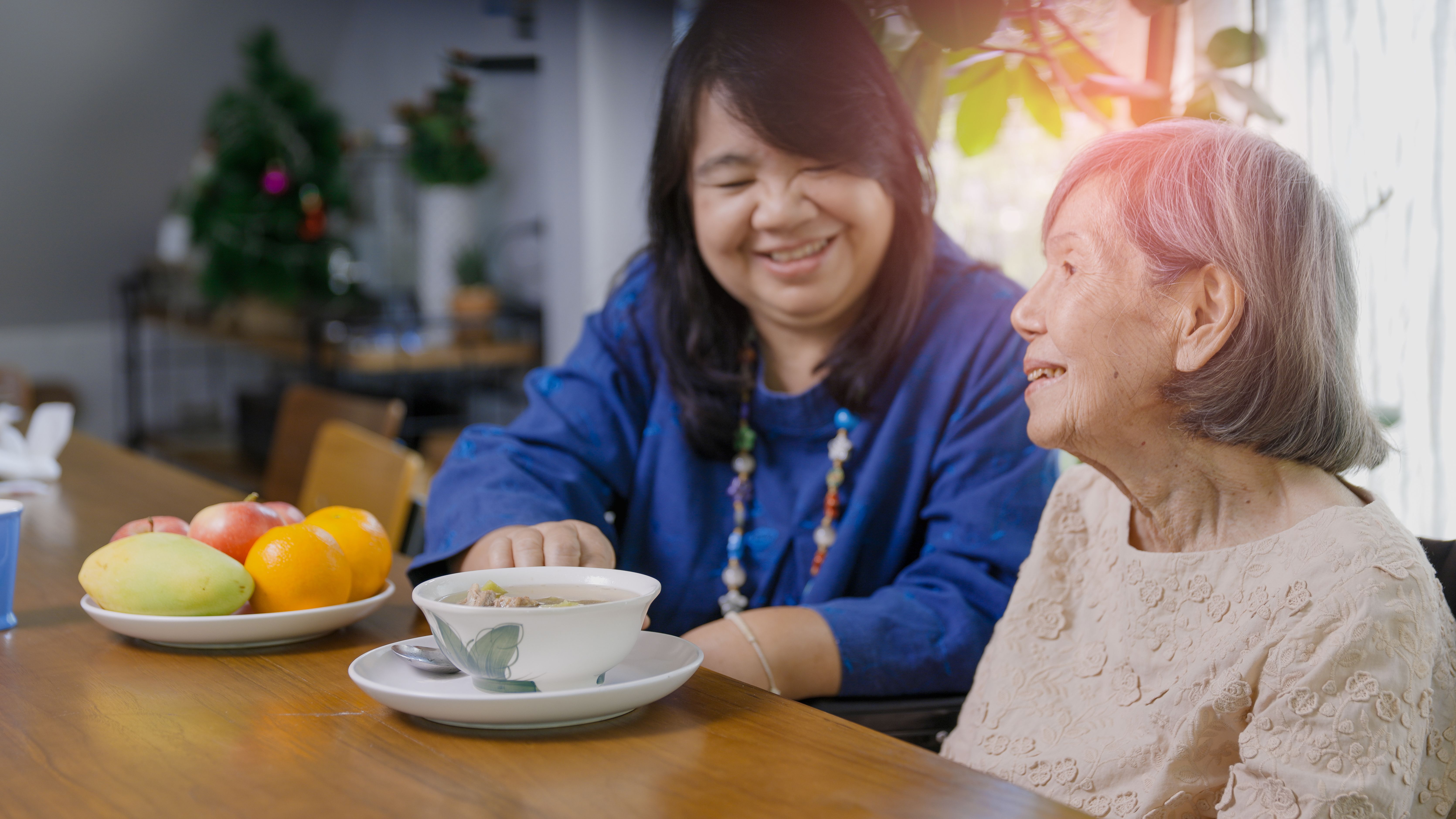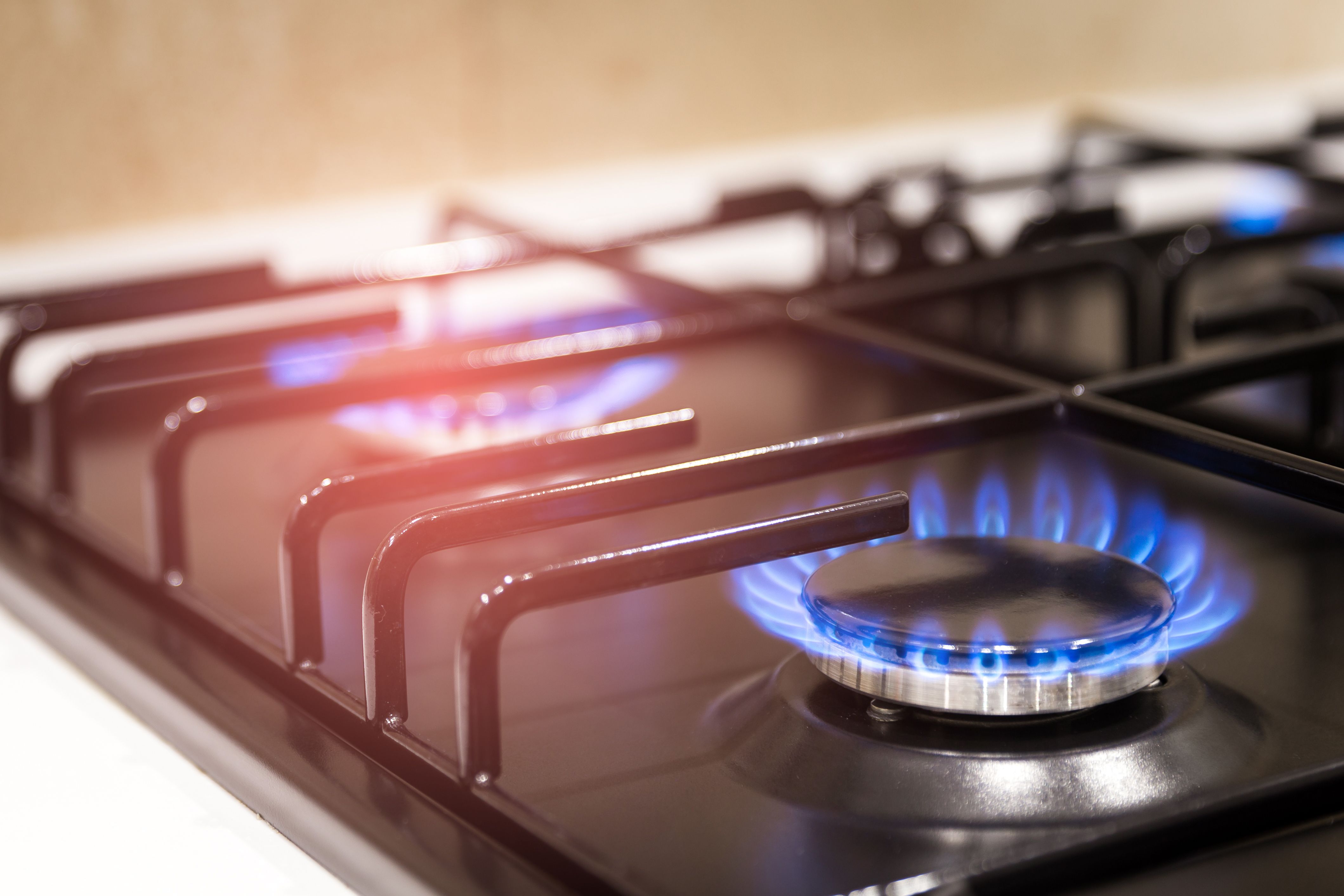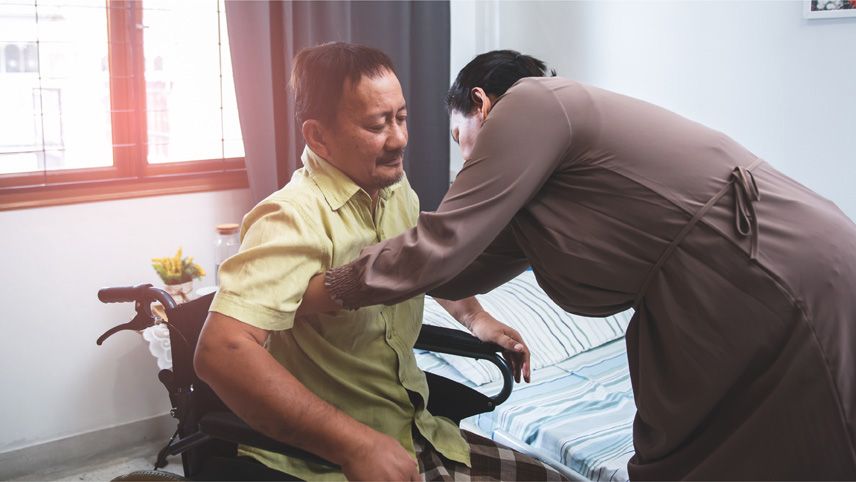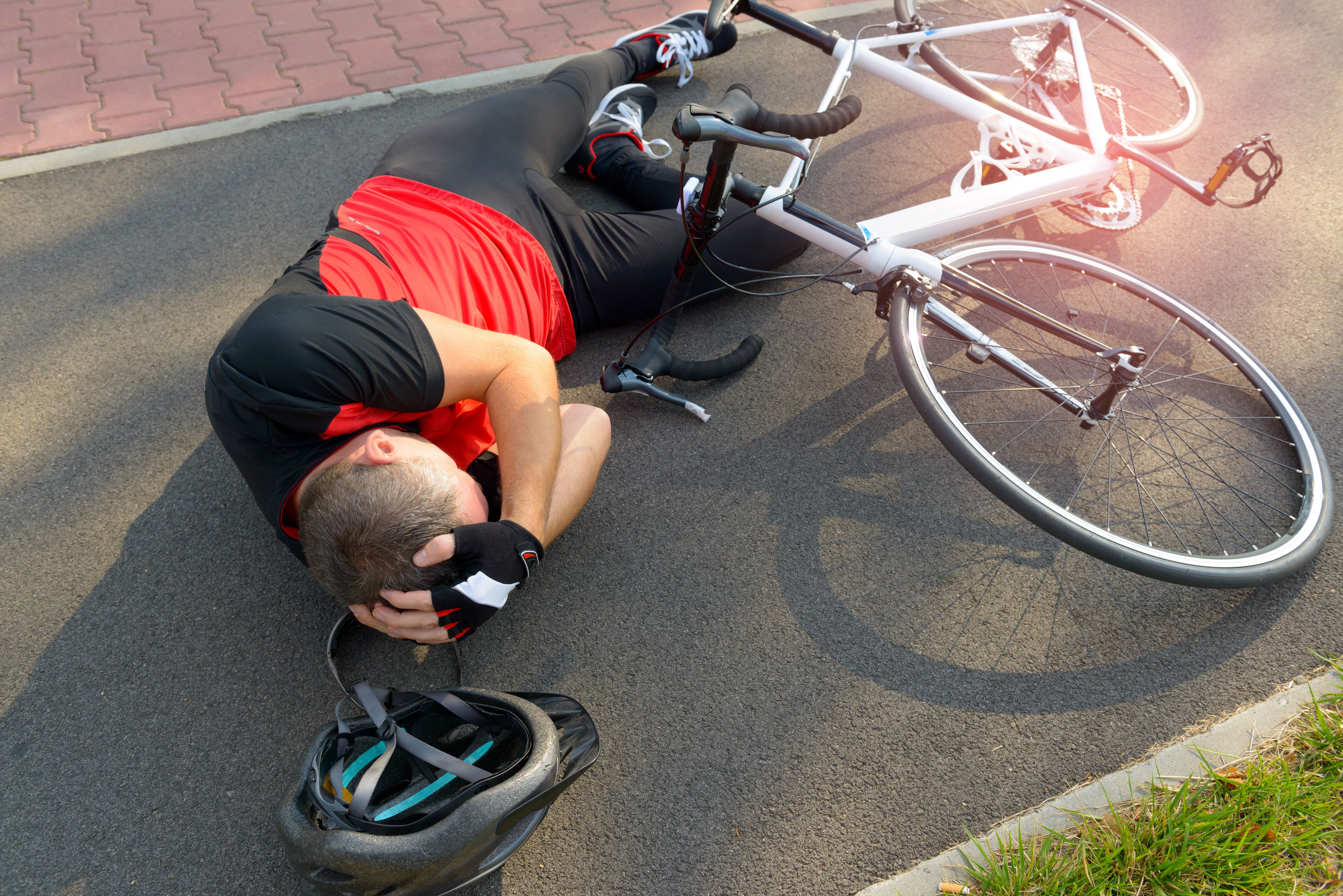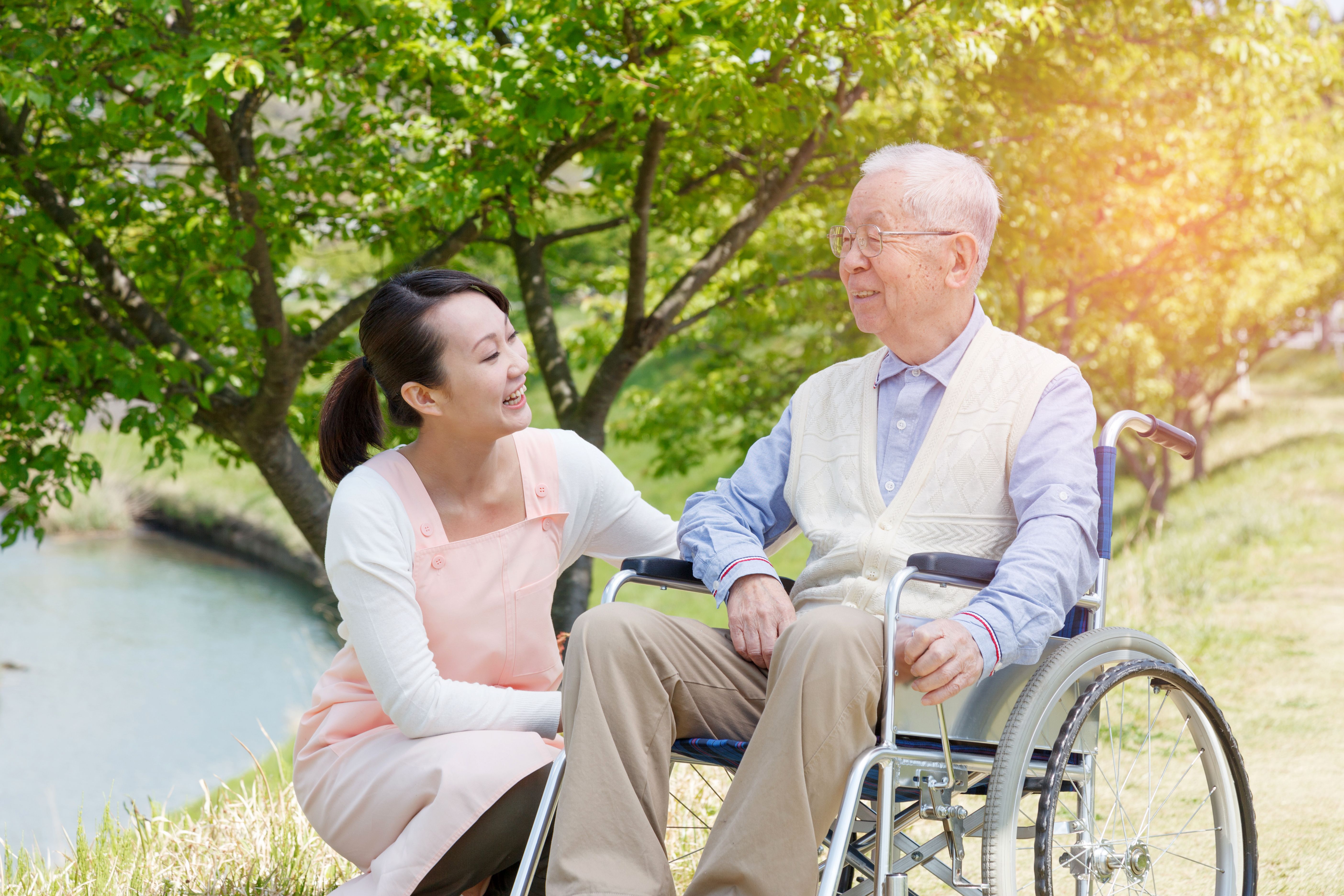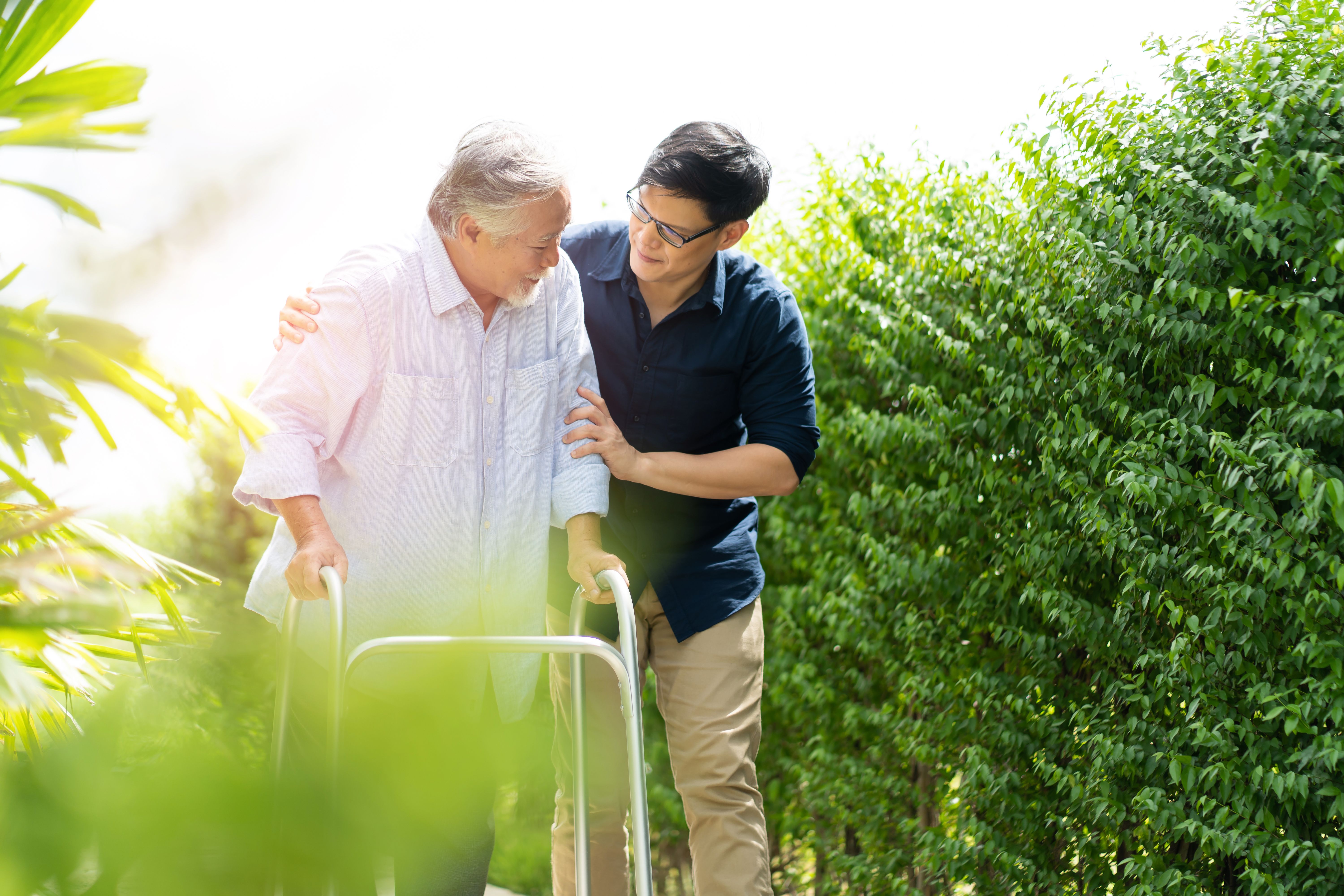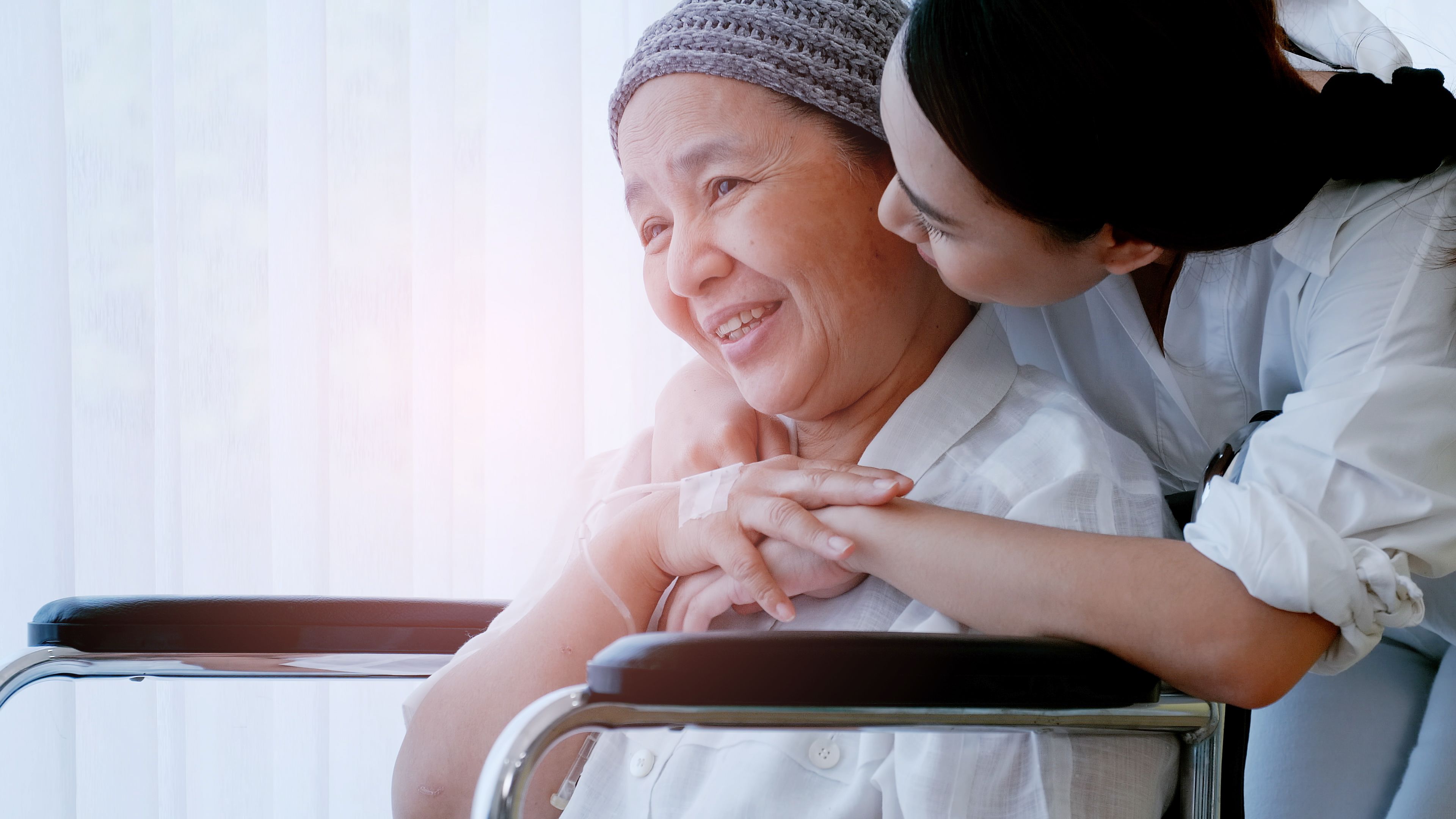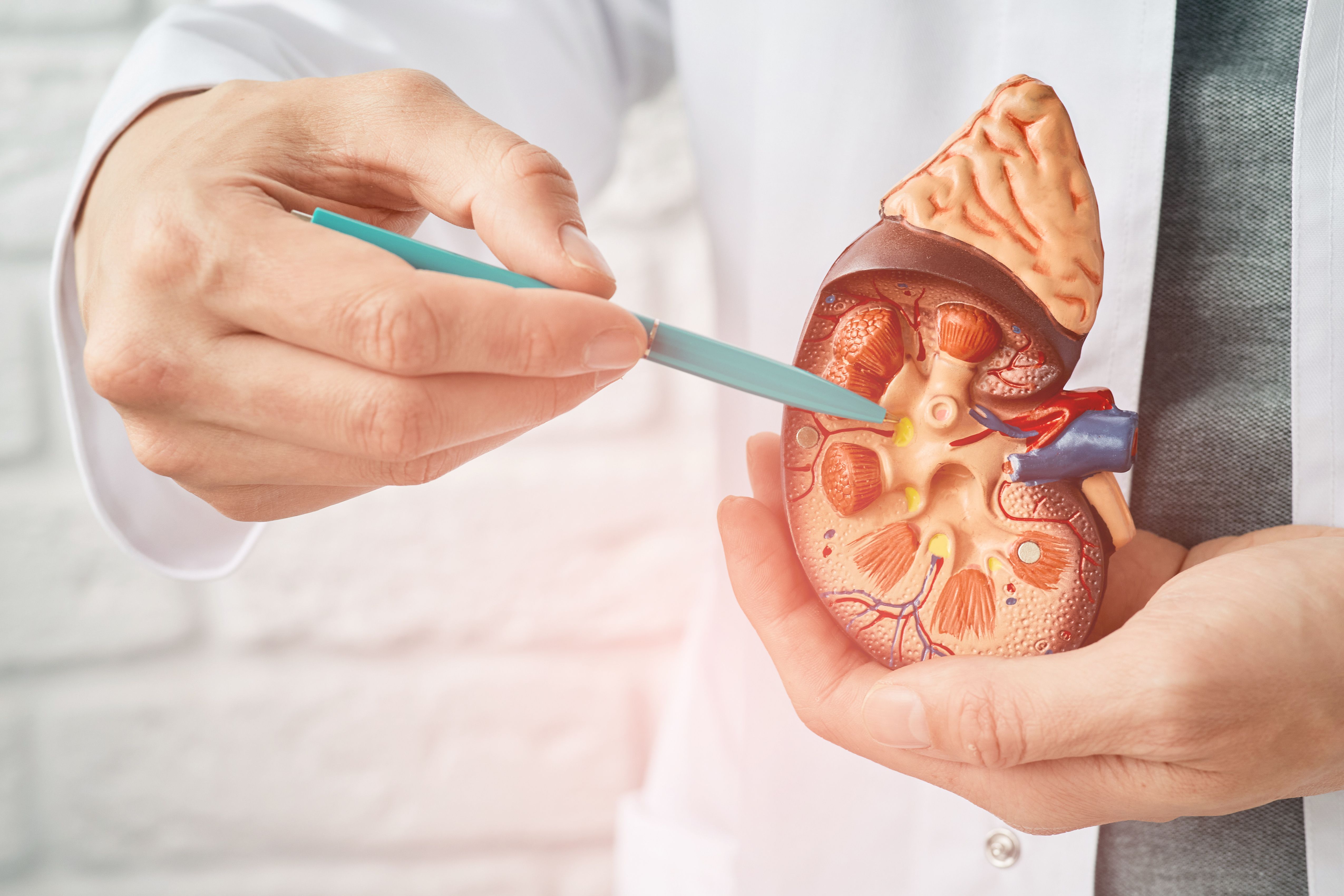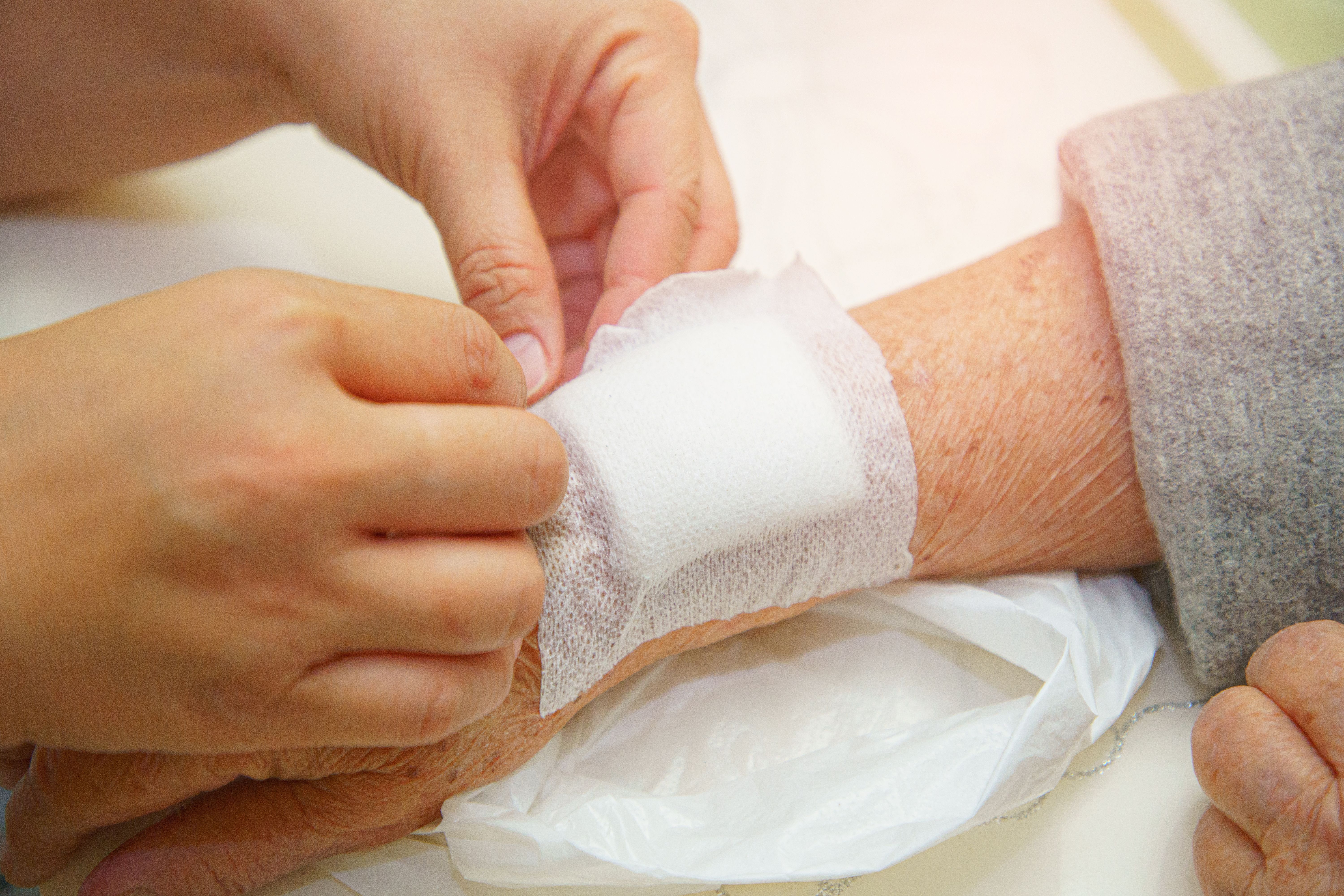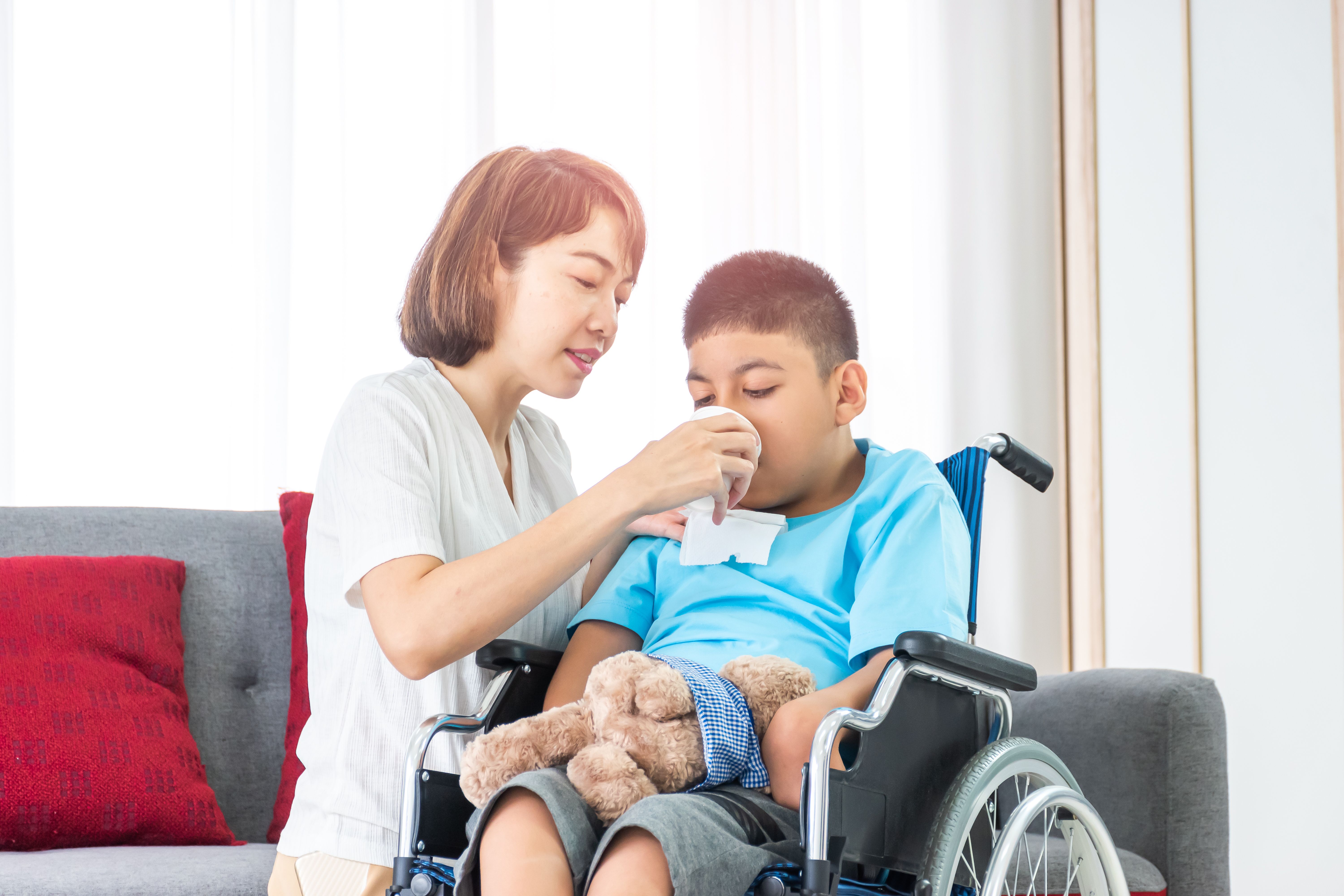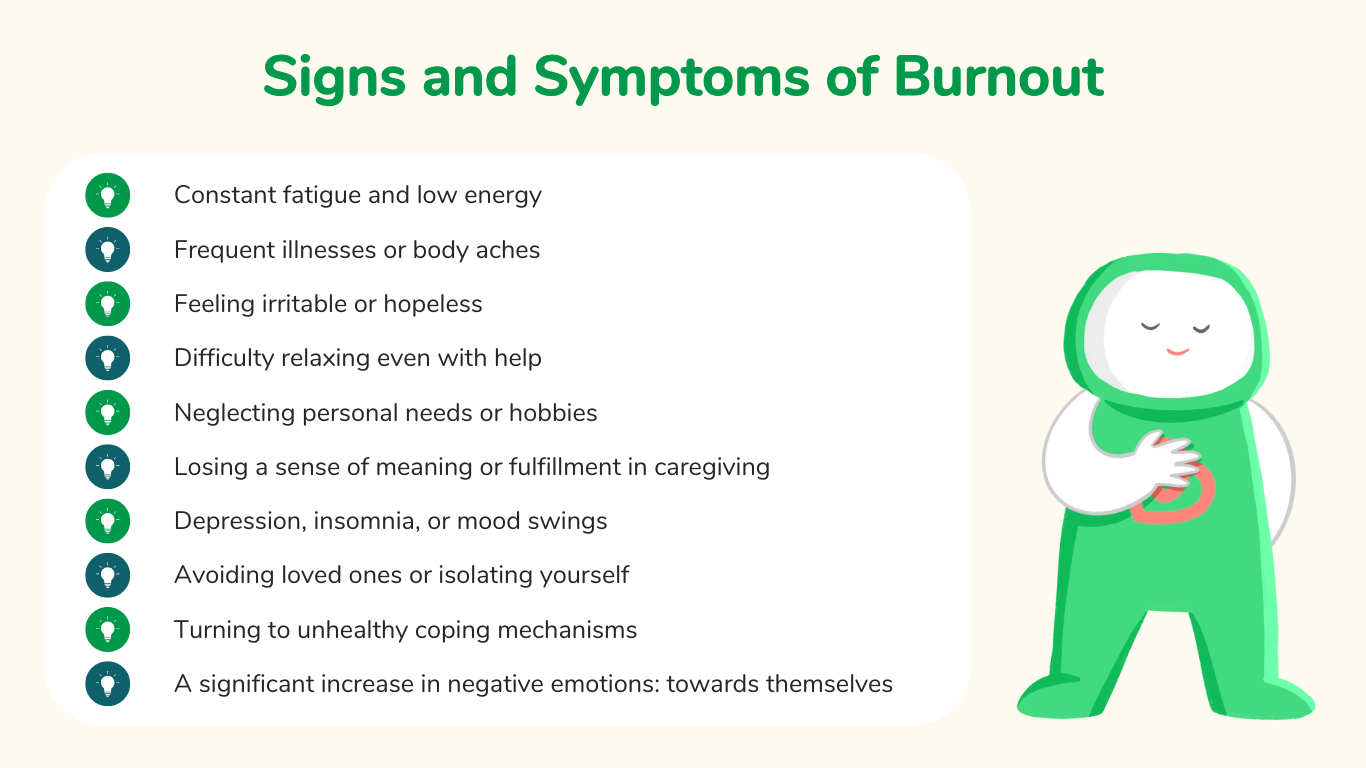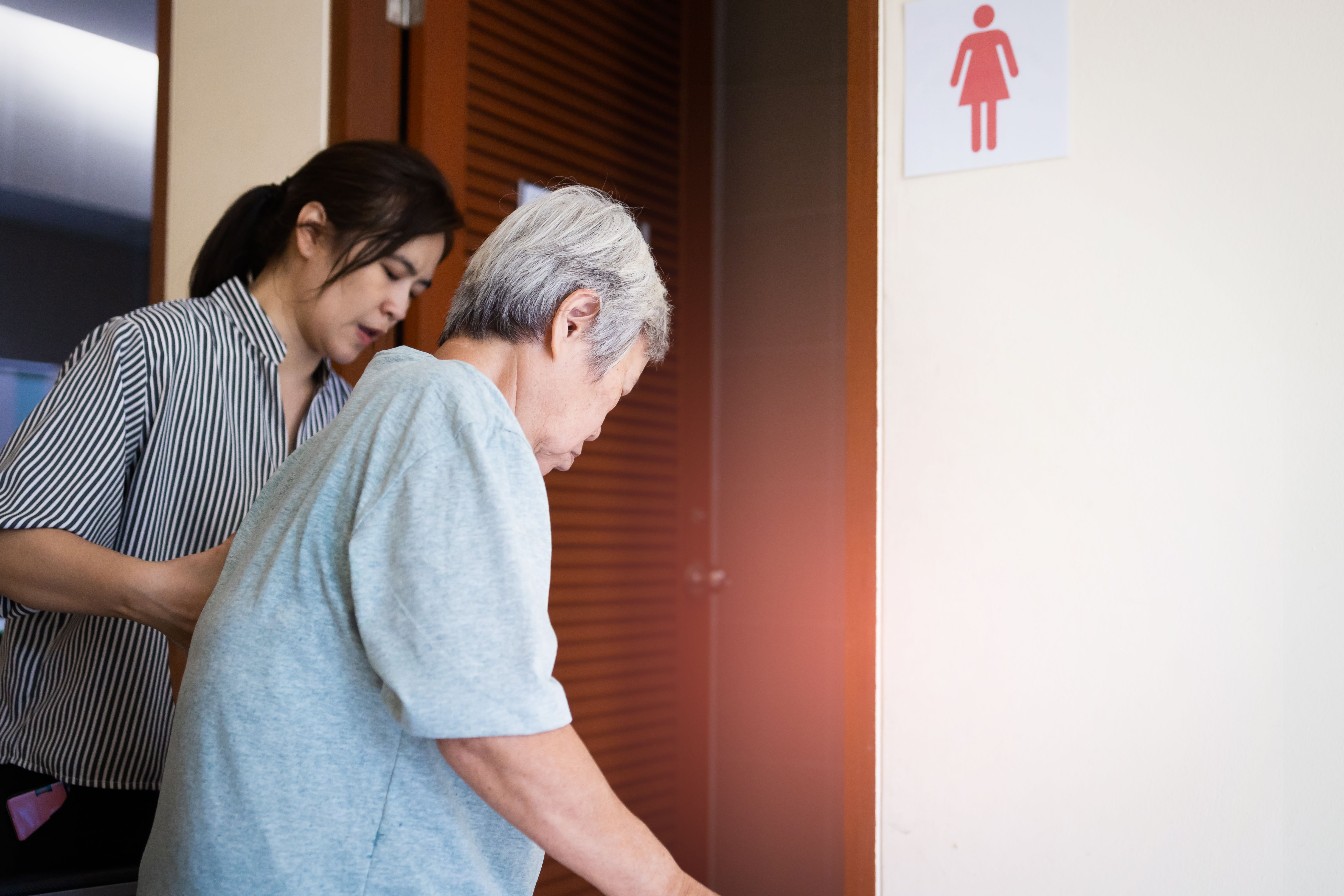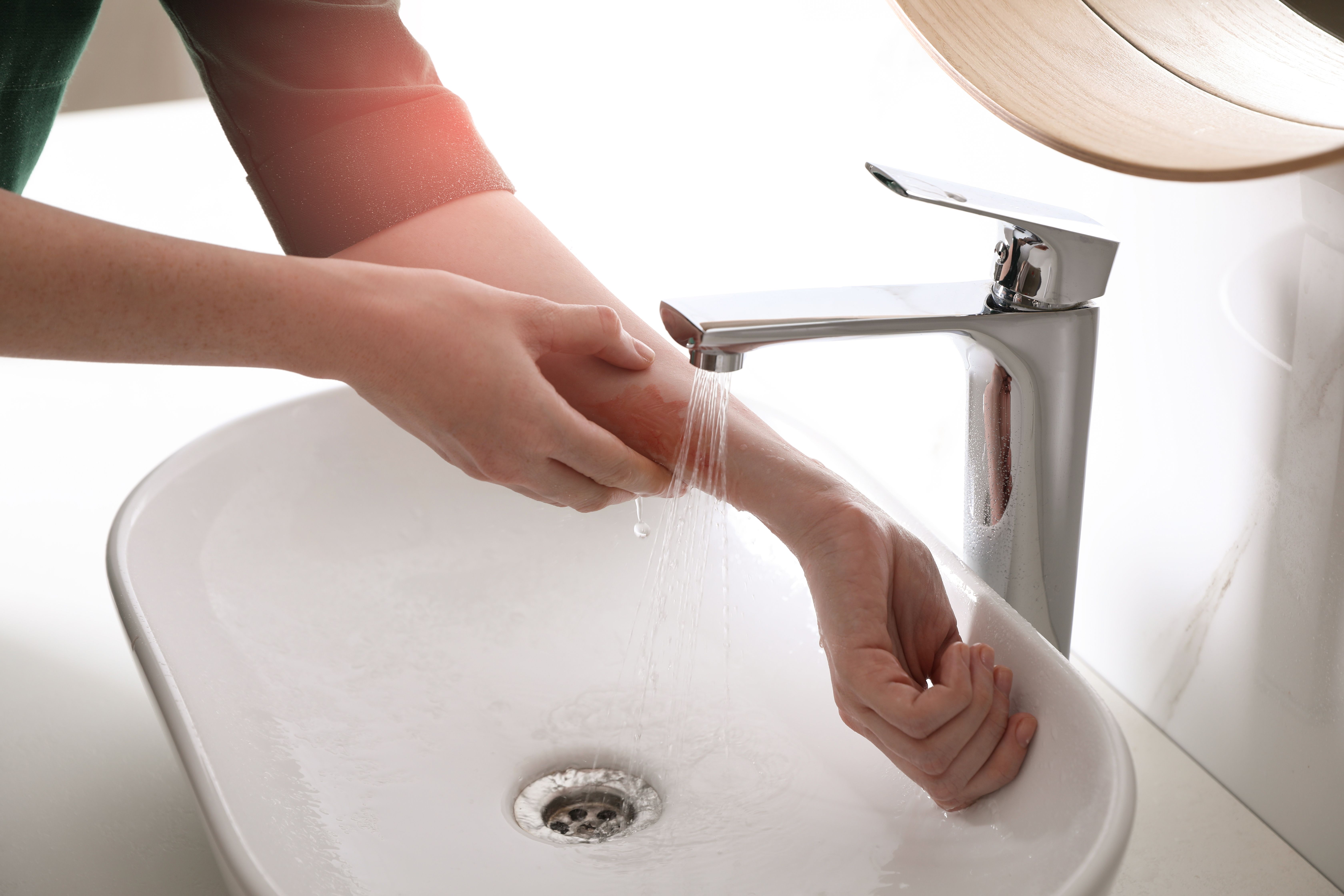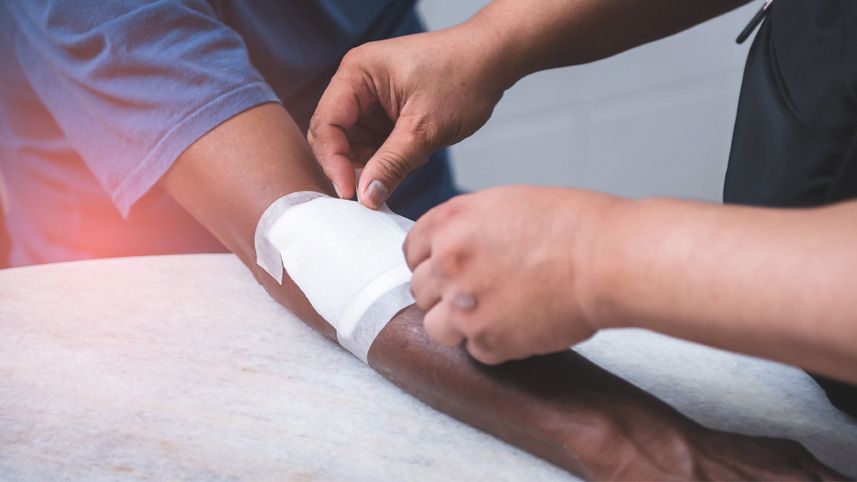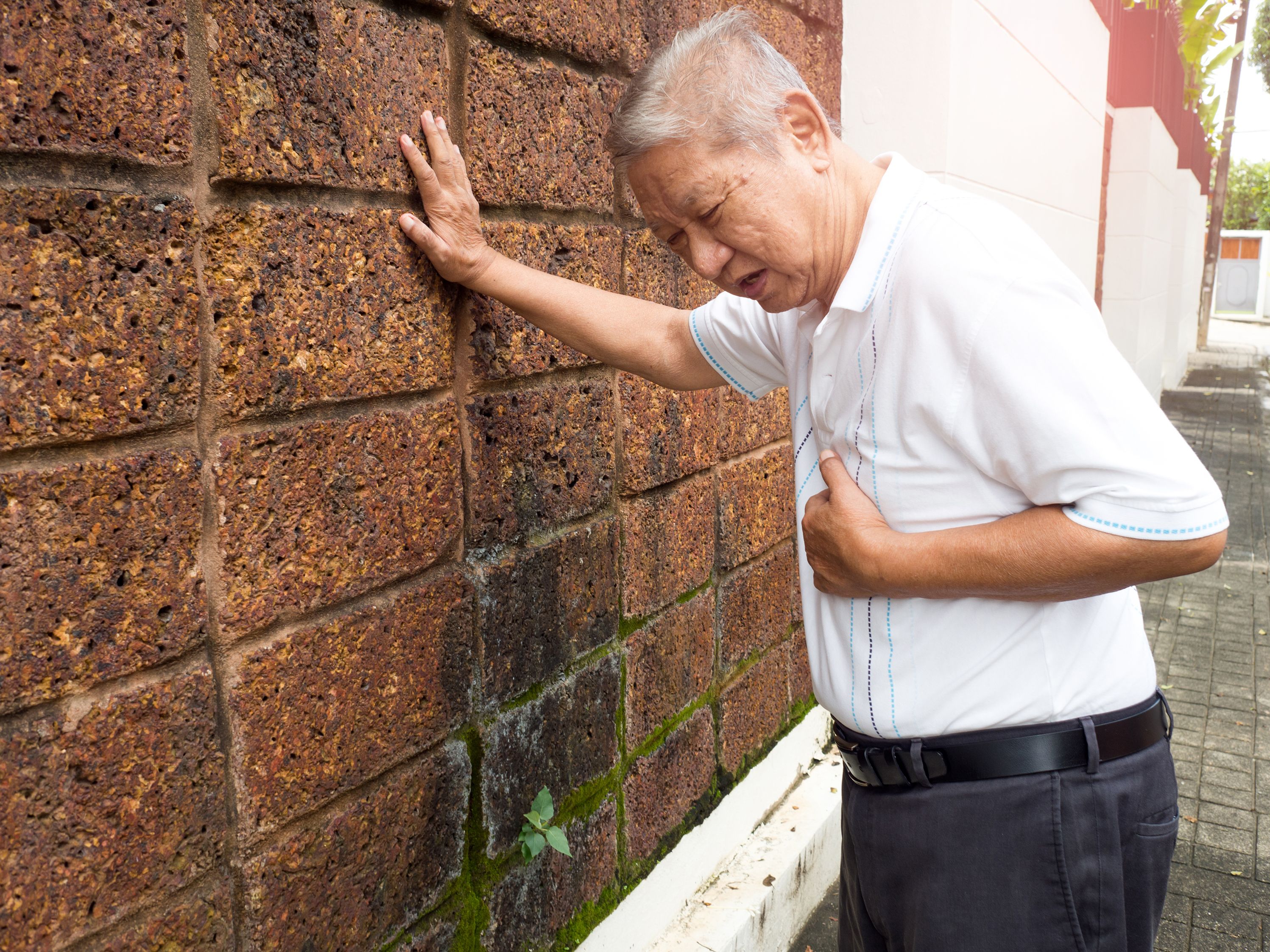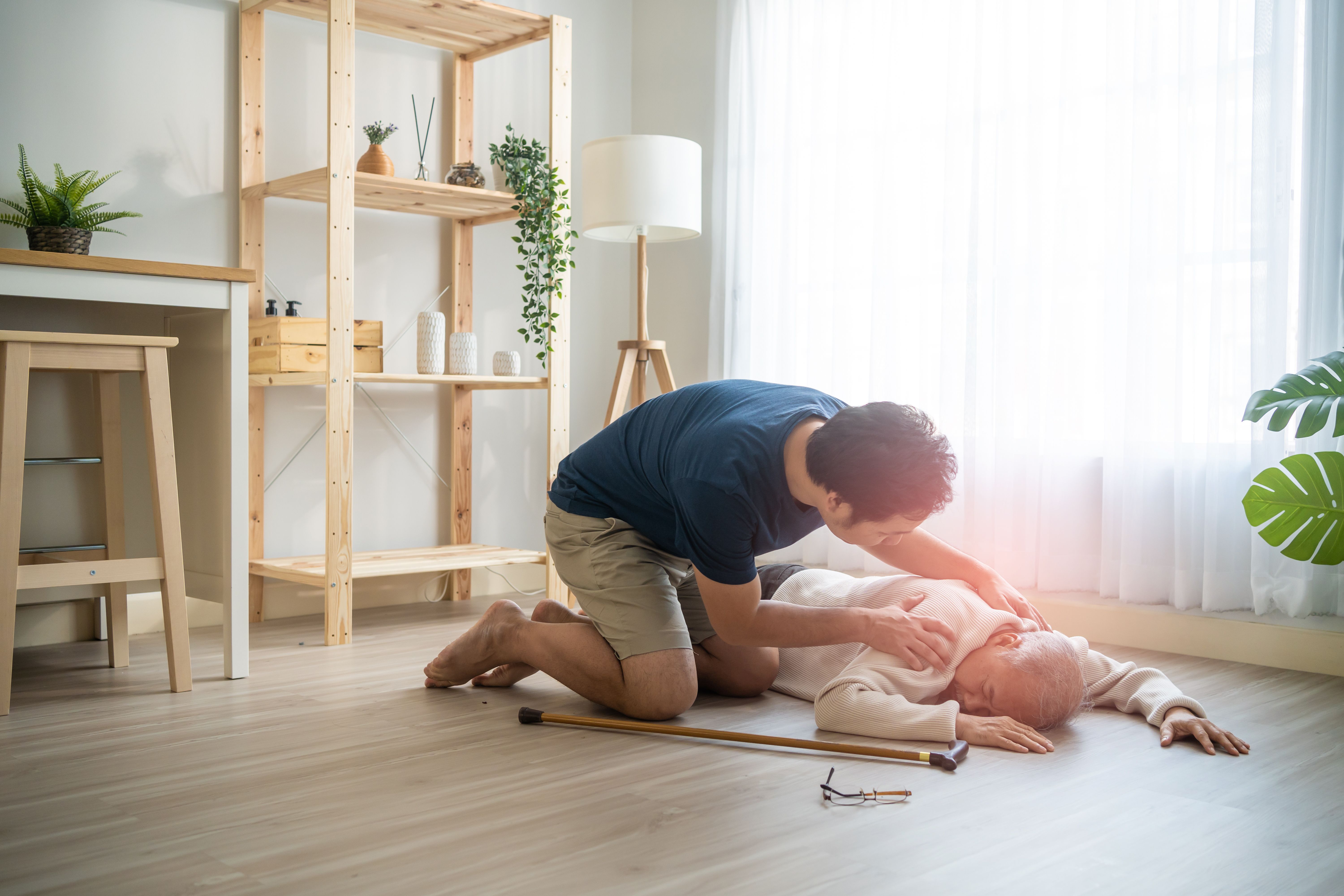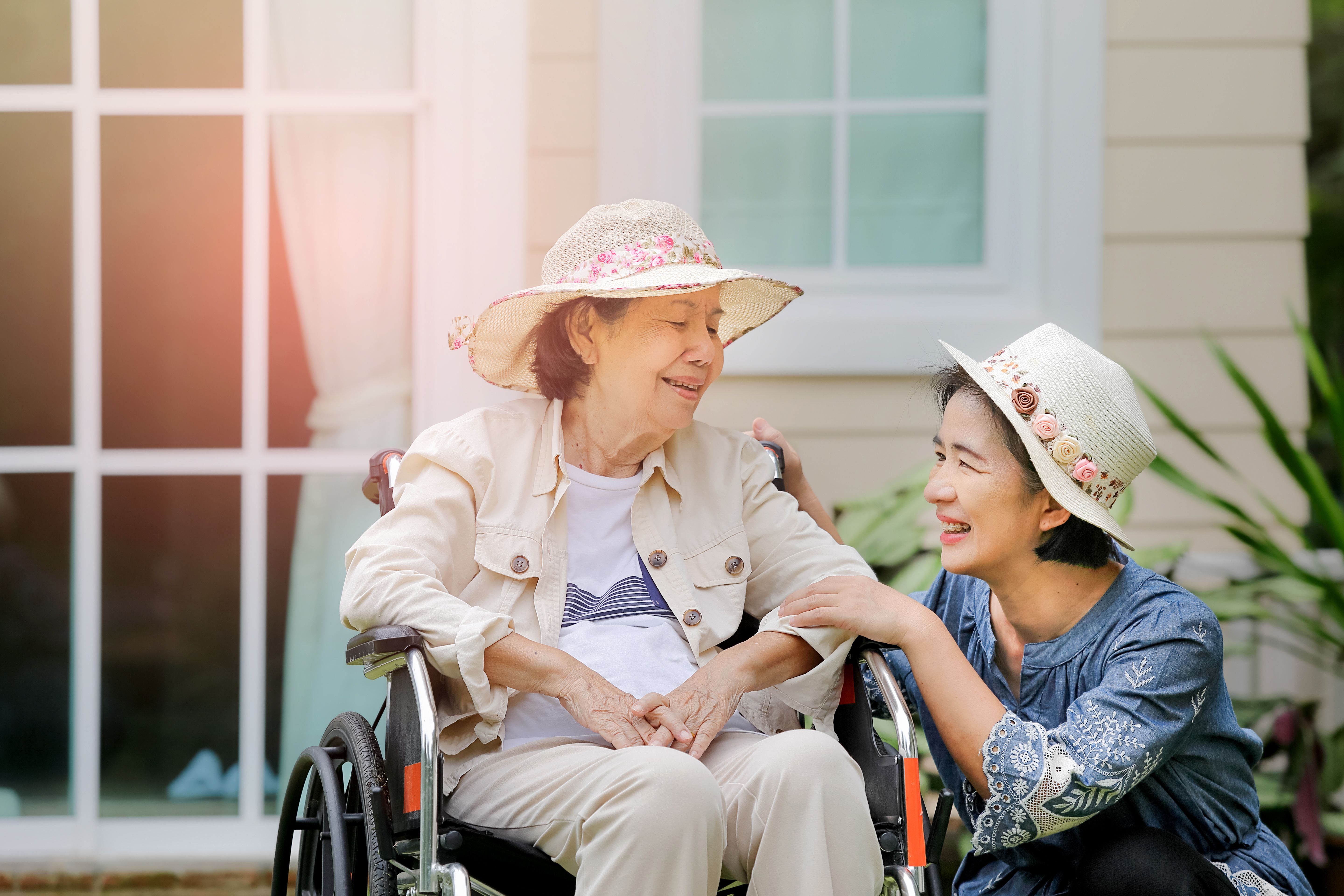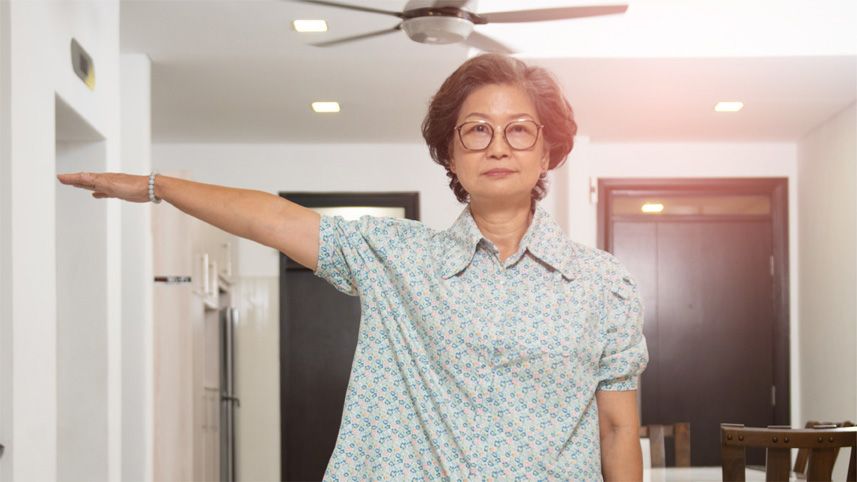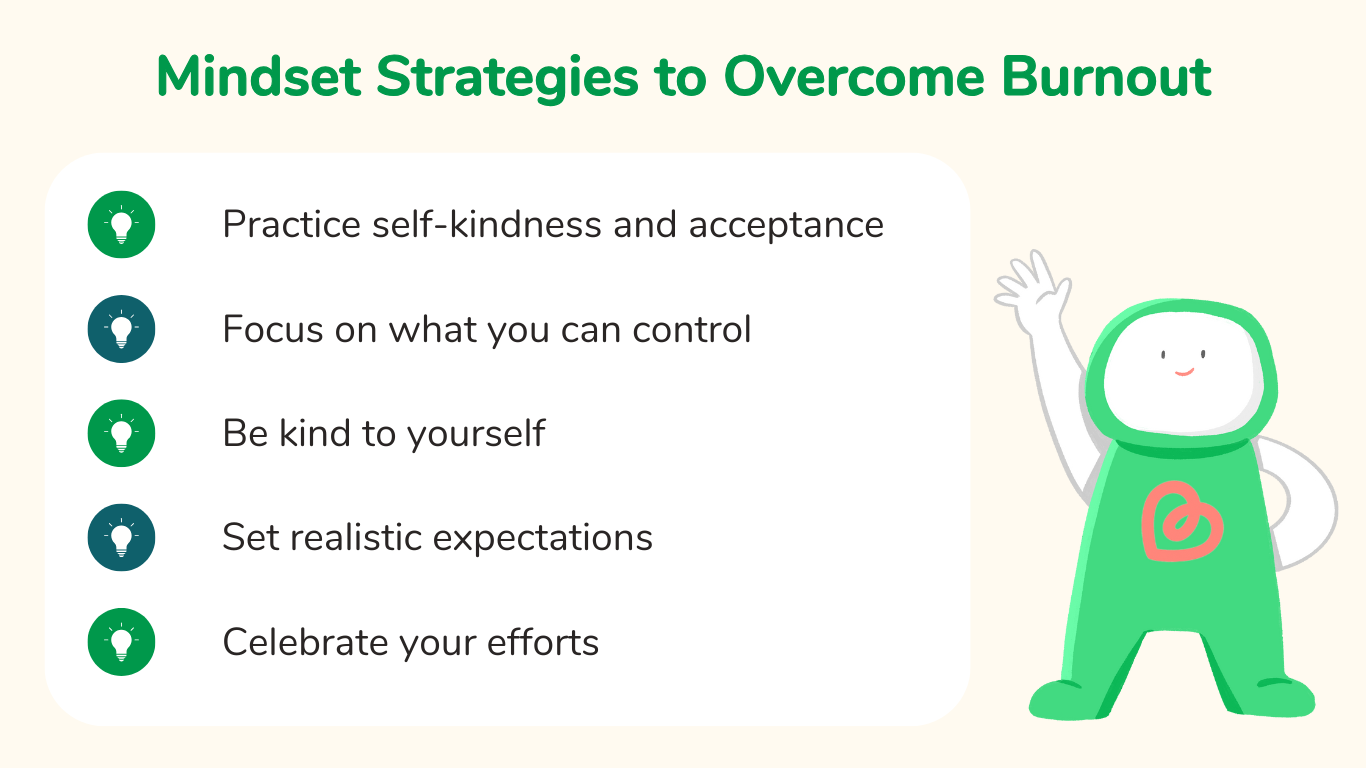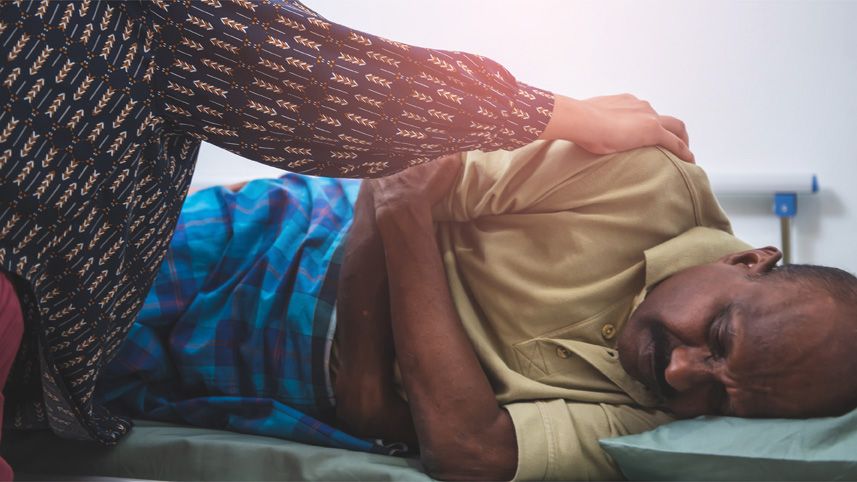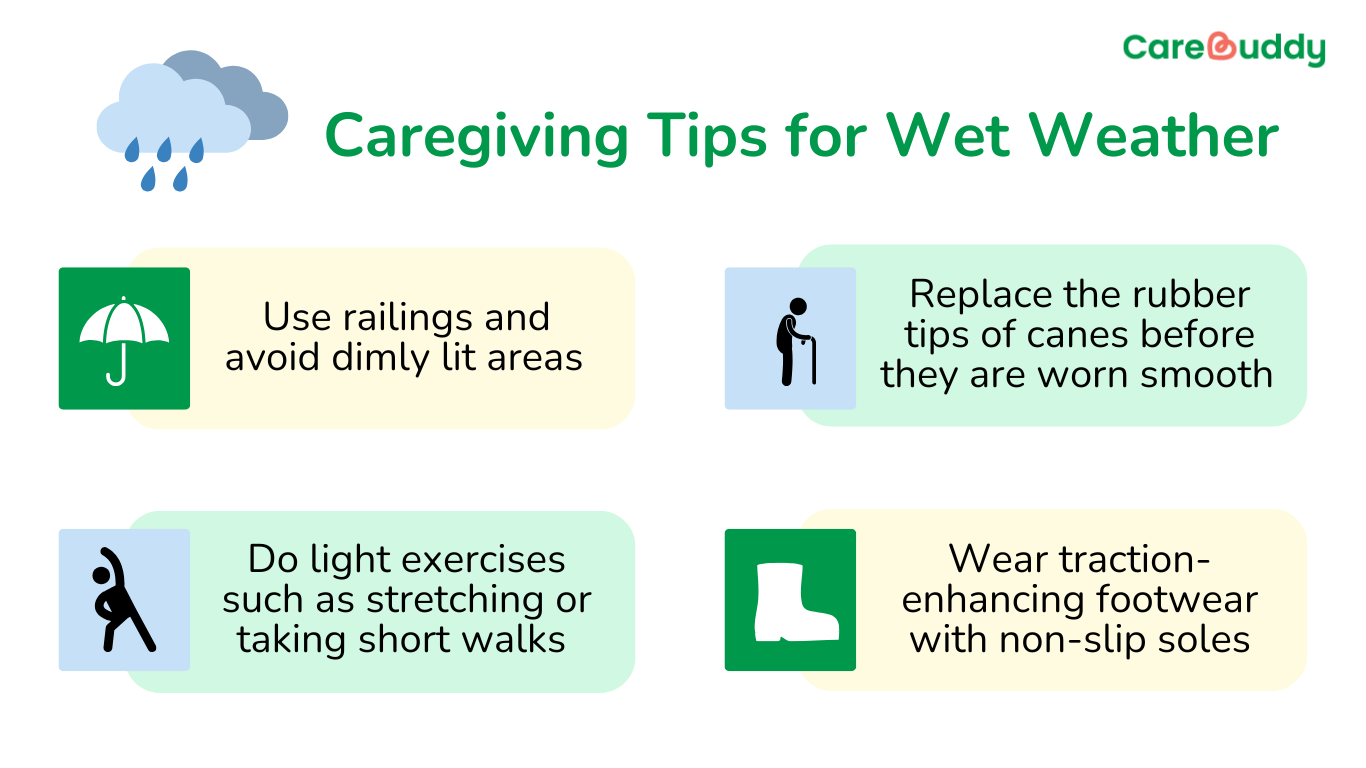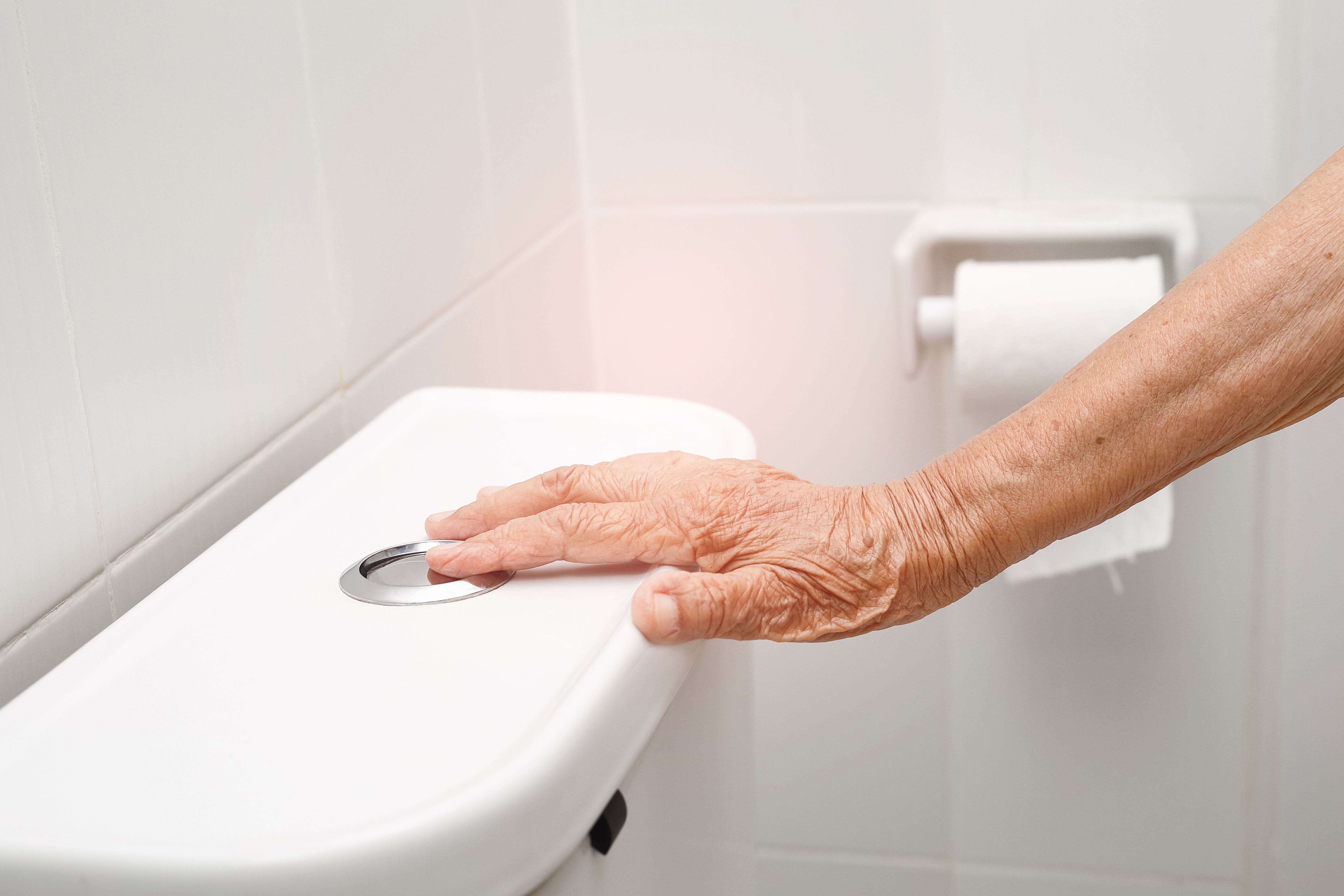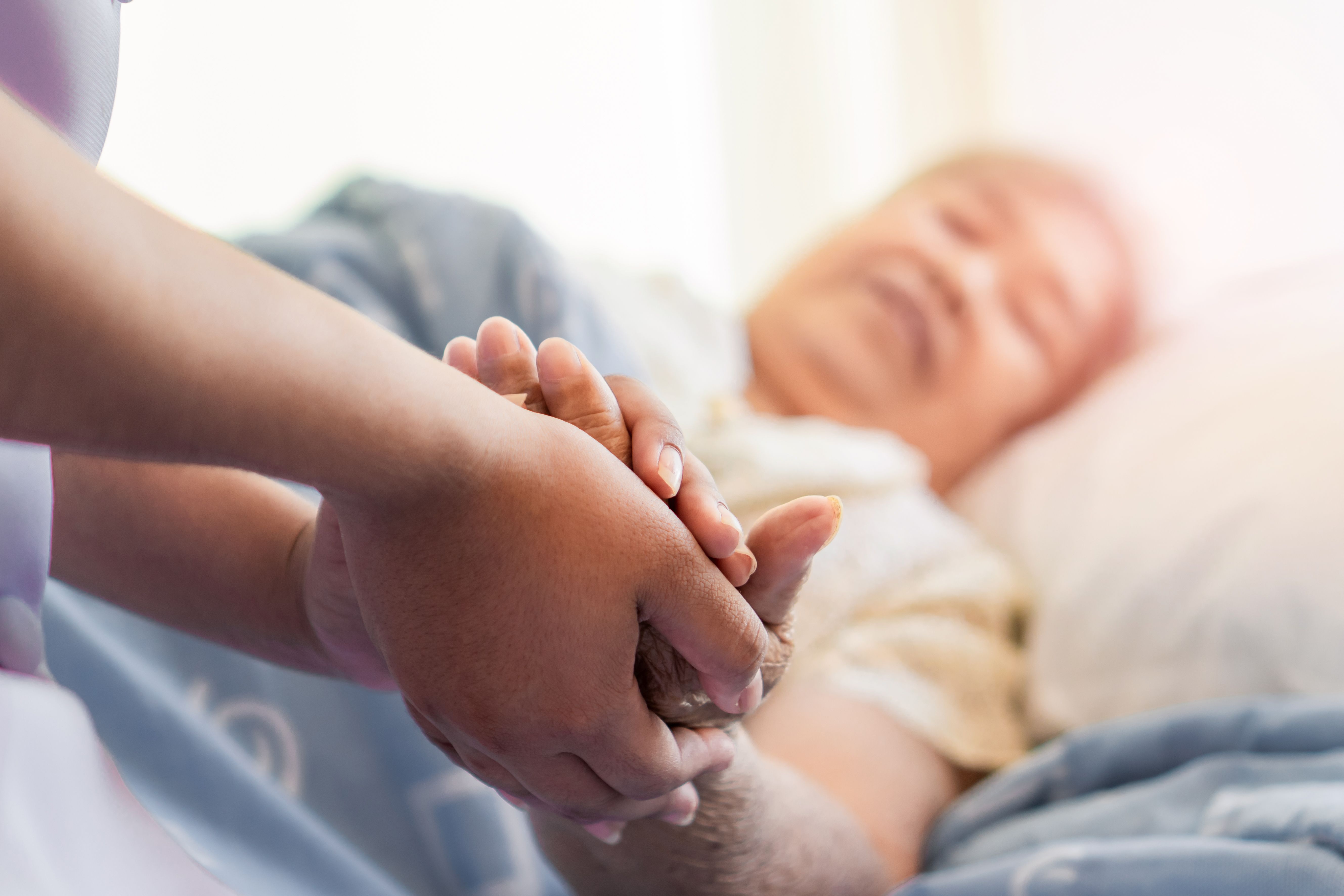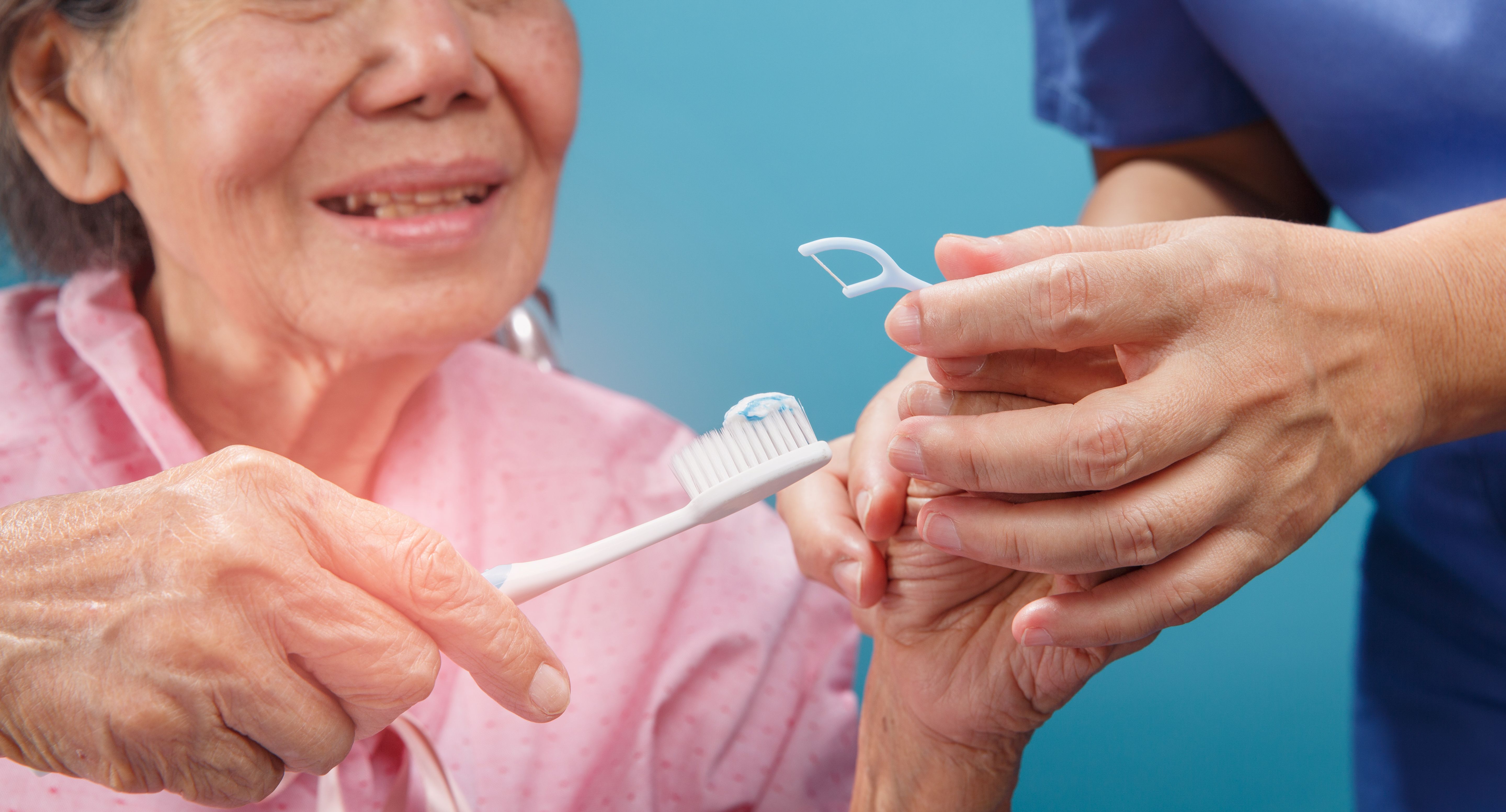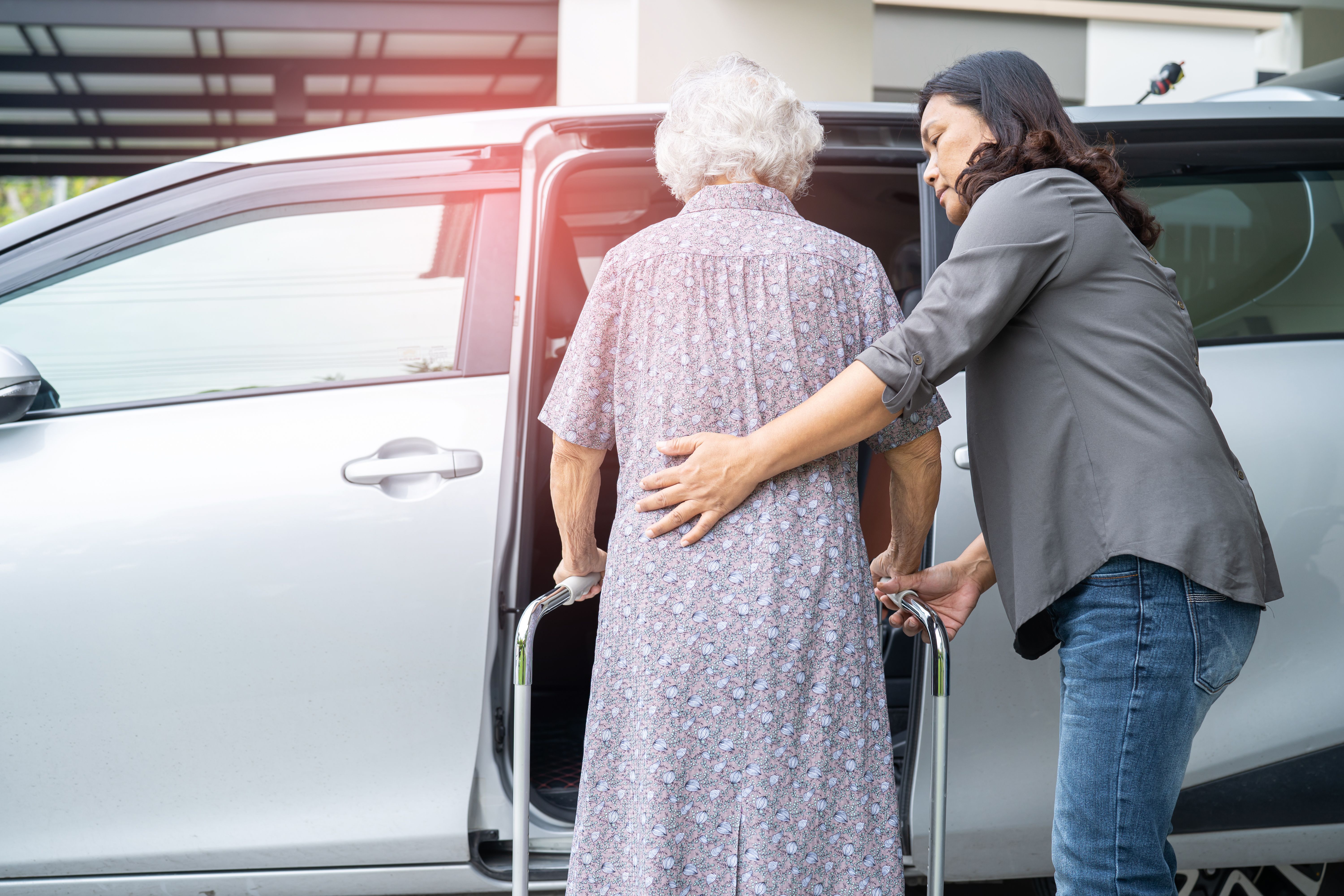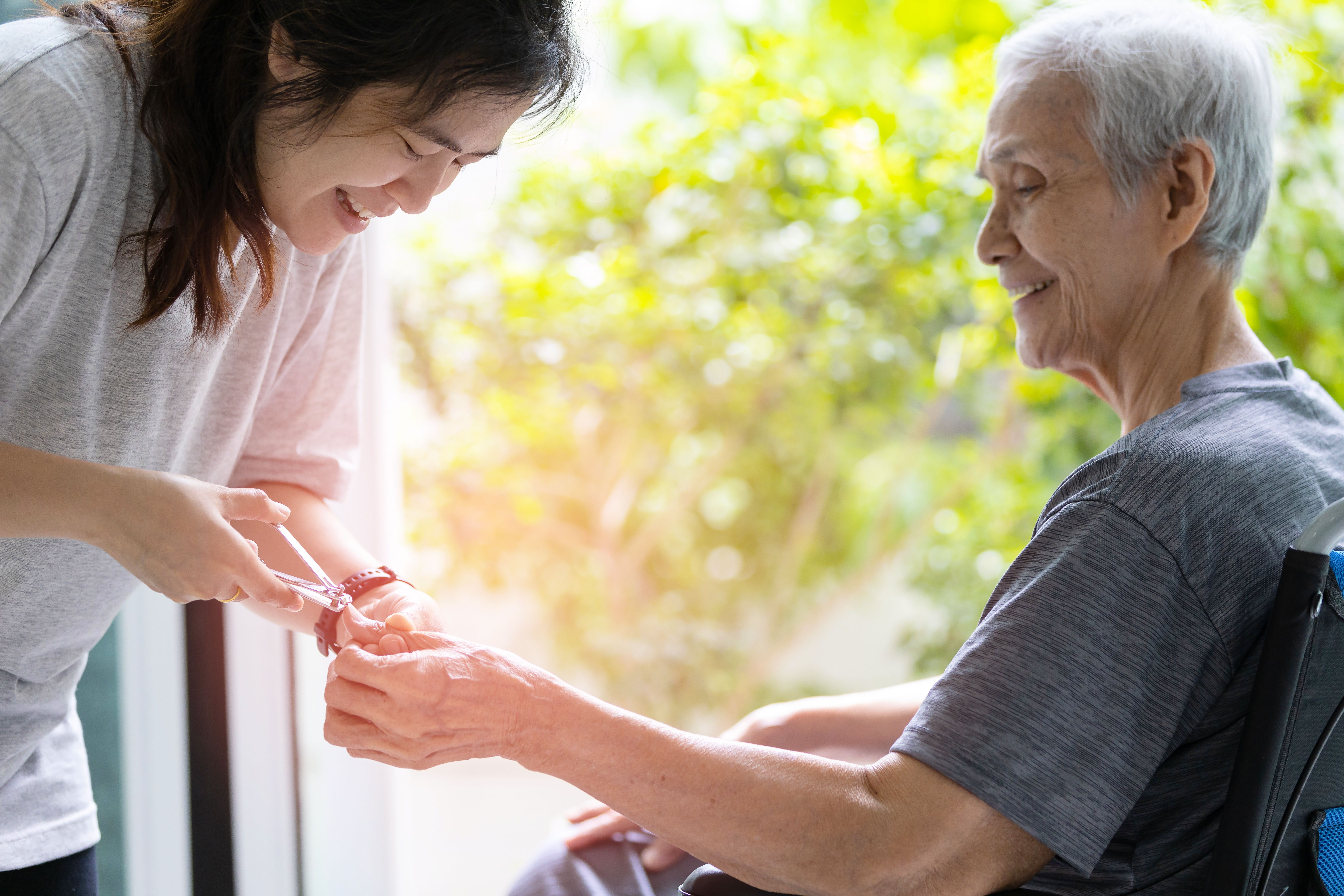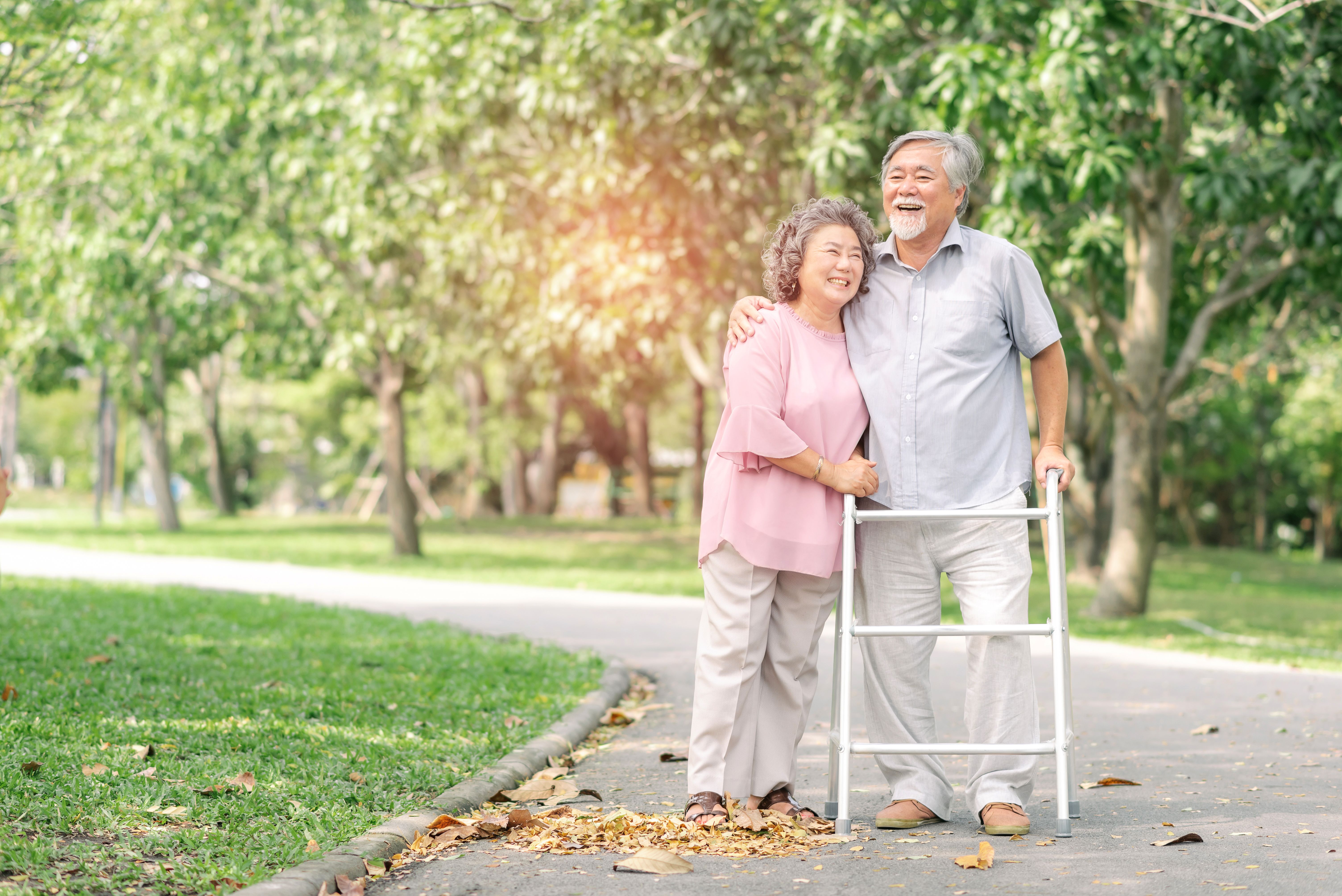Preventing, treating and managing swelling in elderly care receivers
- CareBuddy
- 4 Mins Read
- 20 Sep 2022
- Elderly Care
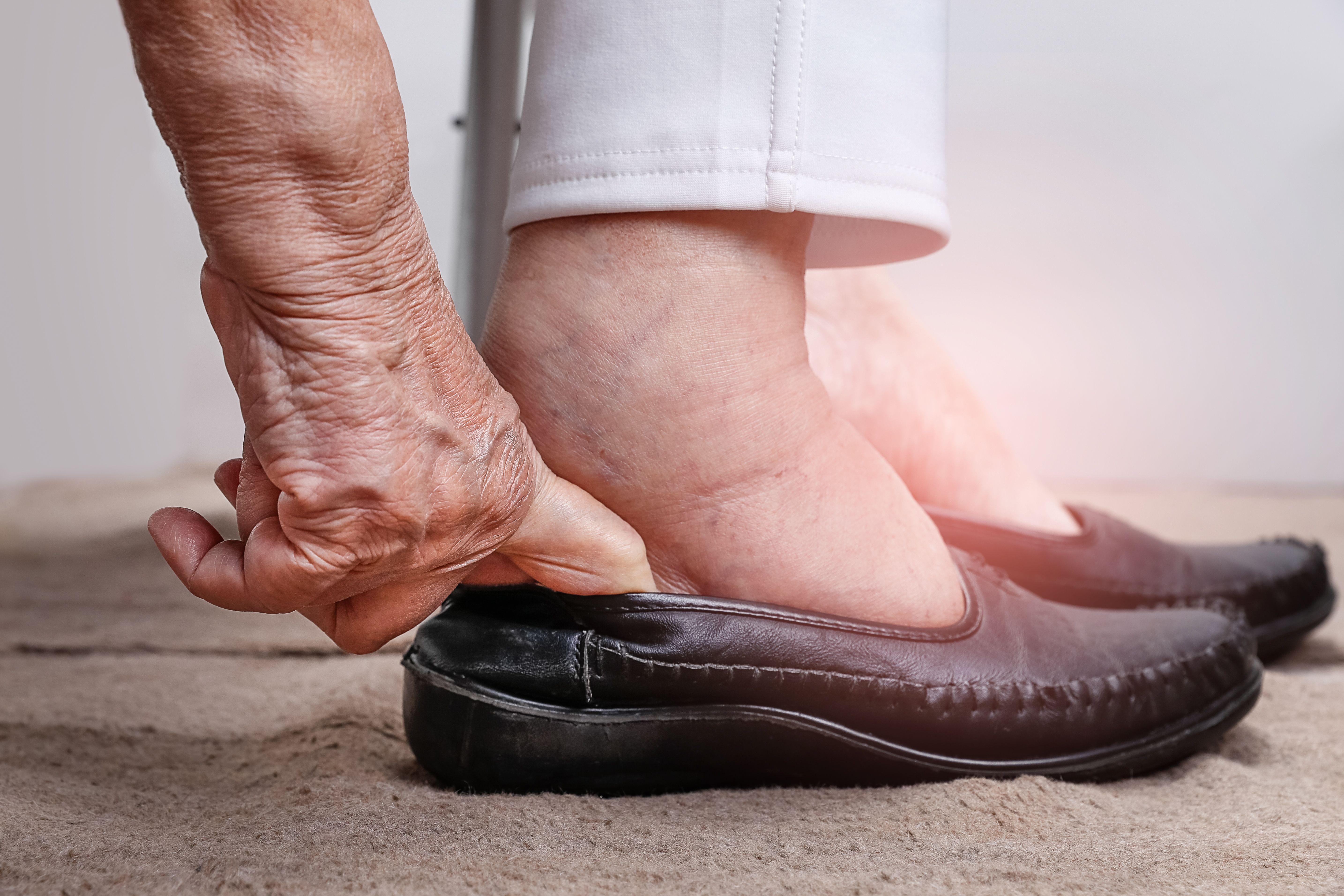
Swelling or edema is the state in which excess water is retained in the body, causing visible bulging. All of these are more common in elderly care receivers, increasing their likelihood of experiencing swelling.
Preventing, treating and managing swelling in elderly care receivers
Swelling or edema is the state in which excess water is retained in the body, causing visible bulging. Its causes include heart failure, kidney failure and sitting in the same position for too long. All of these are more common in elderly care receivers, increasing their likelihood of experiencing swelling.
The swelling commonly occurs in
- Arms
- Hands
- Legs
- Ankles
- Feet
It can be caused by a number of risk factors including
- Underlying medical conditions
- Kidney failure
- Heart failure
- Liver damage
- Vein conditions such as Deep Vein Thrombosis (DVT)
- Poor lymphatic system function
- Severe protein deficiency
- Certain types of medication
- High blood pressure medication
- Anti-inflammatory drugs
- Steroids
- Estrogen
- Diabetes medication
Symptoms include
- Bulging, cold feeling and pain in affected areas
- Stretched and shiny skin
- Weight gain in affected areas (e.g. heavy legs if edema is in ankles or feet)
- Increased urge to urinate
- Difficulty breathing, shortness of breath and chest pain (if it’s pulmonary edema, i.e. edema of the lungs)
- Difficulty walking (if edema is in one or both legs)
- Skin ulcers due to reduced blood flow in affected area
Swelling can be prevented by
- Having an active lifestyle and avoiding a sedentary one (where the care receiver spends a long time in the same sitting or lying positions)
- Reducing the risks of underlying medical conditions through a healthy diet that’s rich in fruits and vegetables and low in fatty foods, sugar and salt.
Swelling can be treated and managed by
- Diagnosing and treating any underlying conditions that cause the swelling.
- Ensuring that the care receiver doesn’t sit in the same position for a prolonged period of time.
- Elevation of affected limbs (e.g. arm or leg) such that it’s above the level of the heart and the excess fluid from it can move back towards the heart and get circulated to the rest of the body. One way of doing this is to lie down flat on a bed and elevate your affected arm or leg using pillows.
- Wearing comfortable clothing and footwear around the affected area to encourage good blood circulation.
As discussed above, swelling could be a result of other, more serious conditions. Some of these conditions are more common in the elderly as various organs of their body such as the heart, liver and kidneys experience the outcomes of decades of wear-and-tear. Therefore, waste no time in seeing a doctor if an elderly care receiver has the above symptoms. Like many other conditions, early detection and prompt diagnosis can save lives.
Article reviewed by David Tay, Senior Principal Educator (Nursing and Prehospital Care), HMI Institute.
